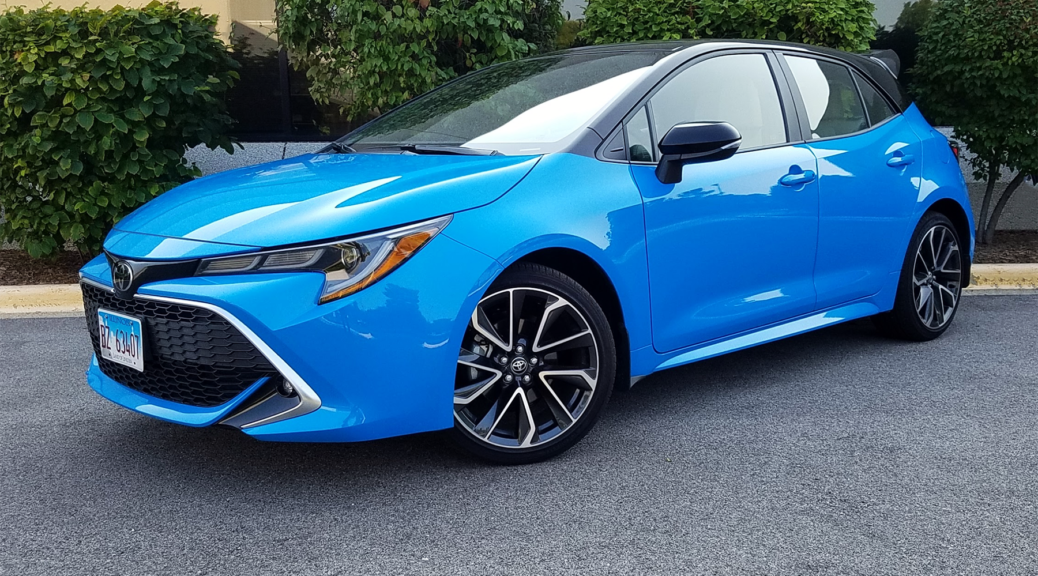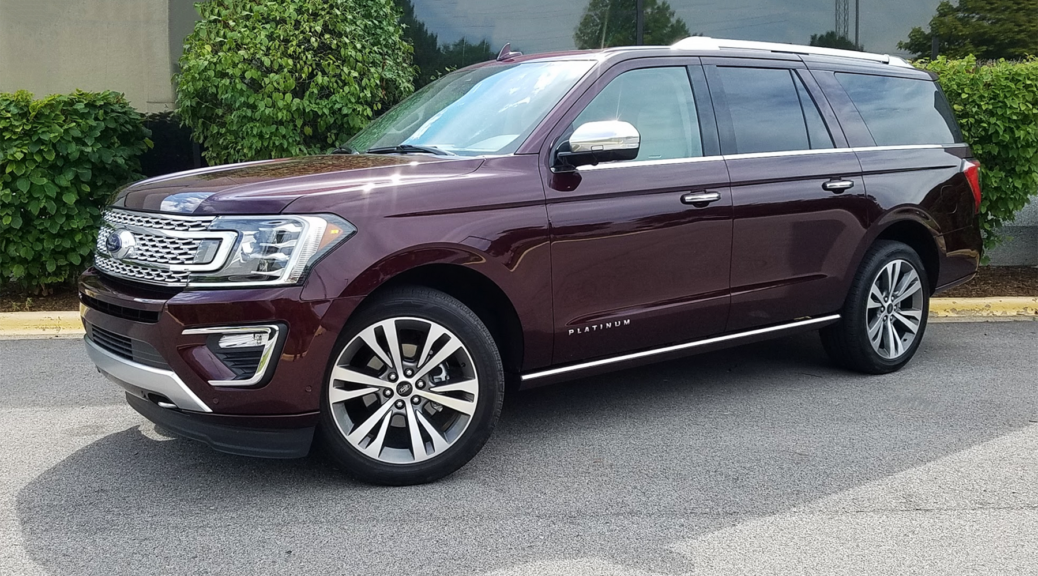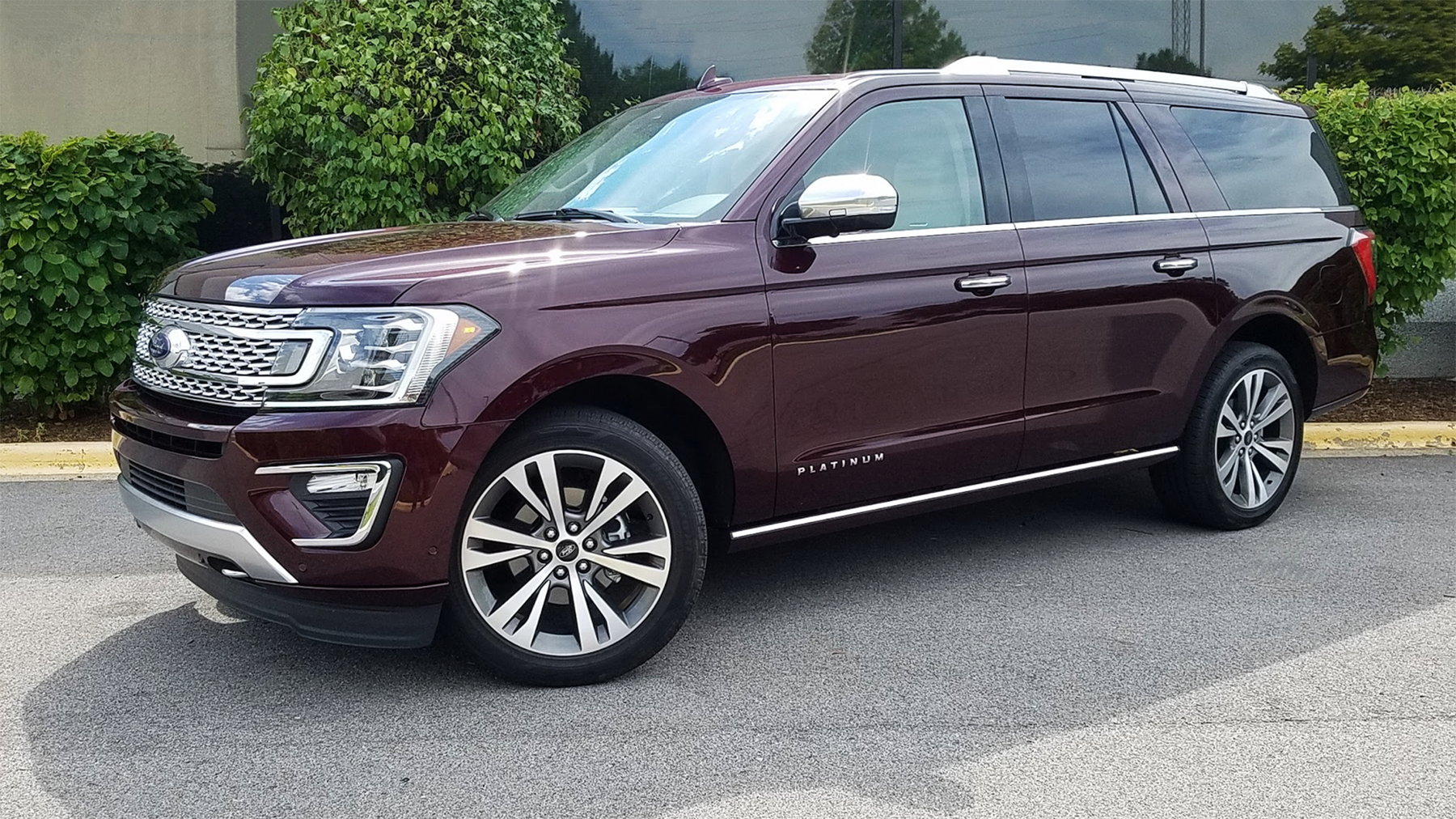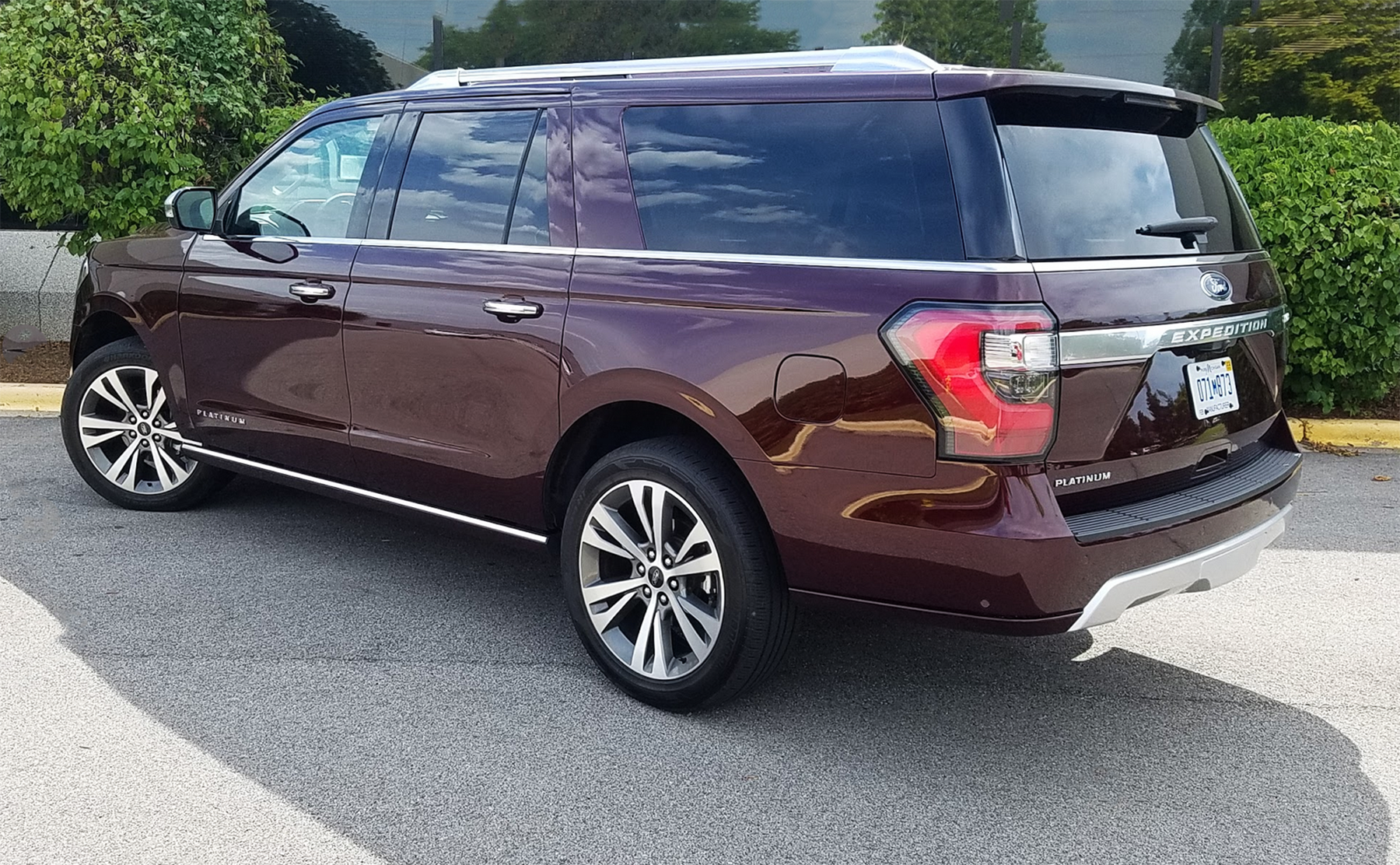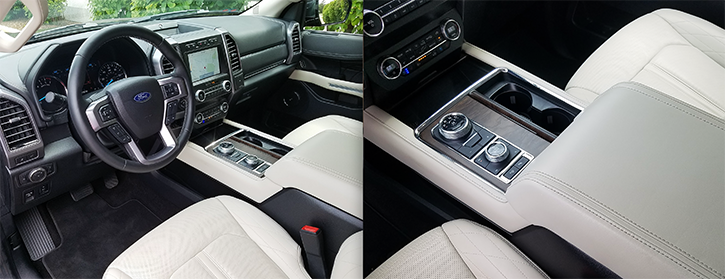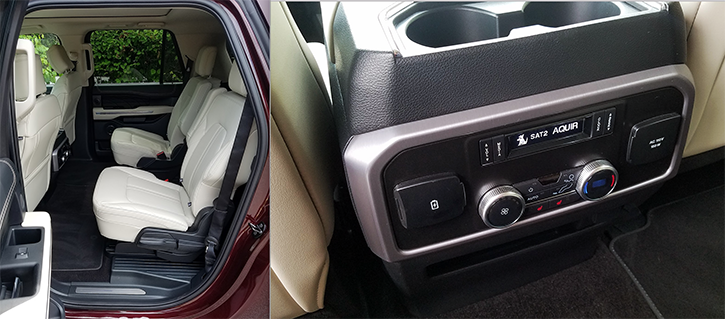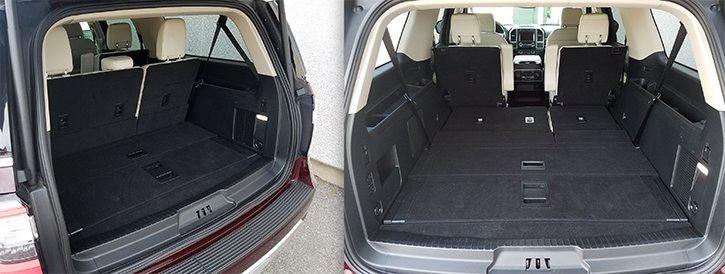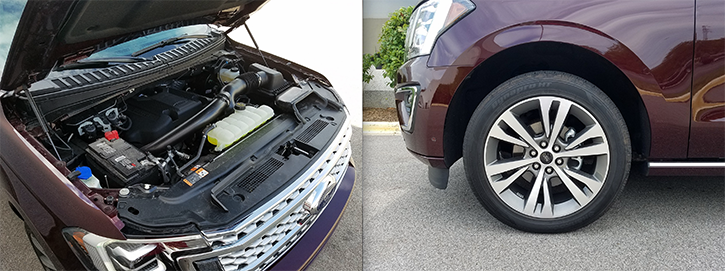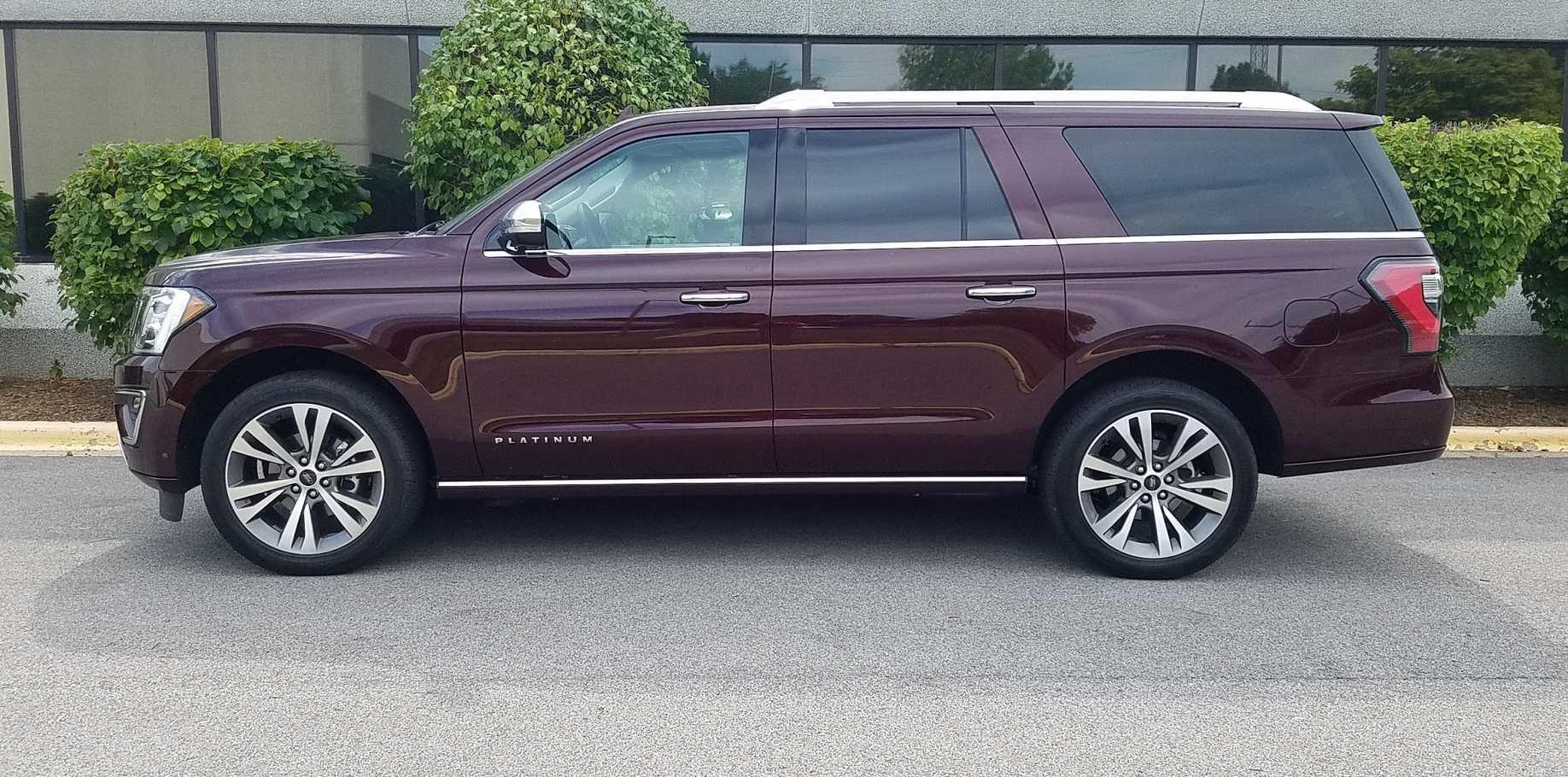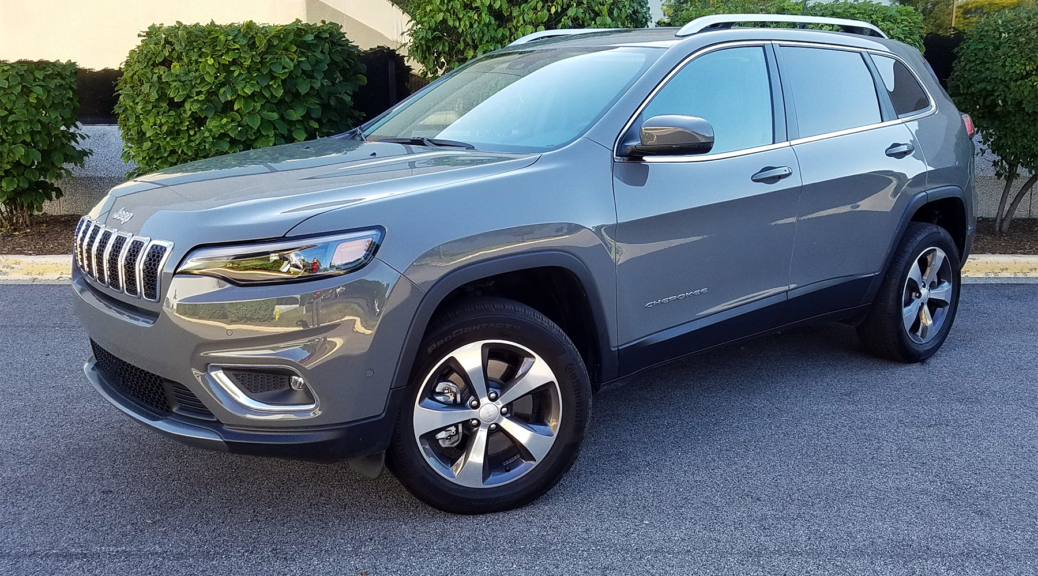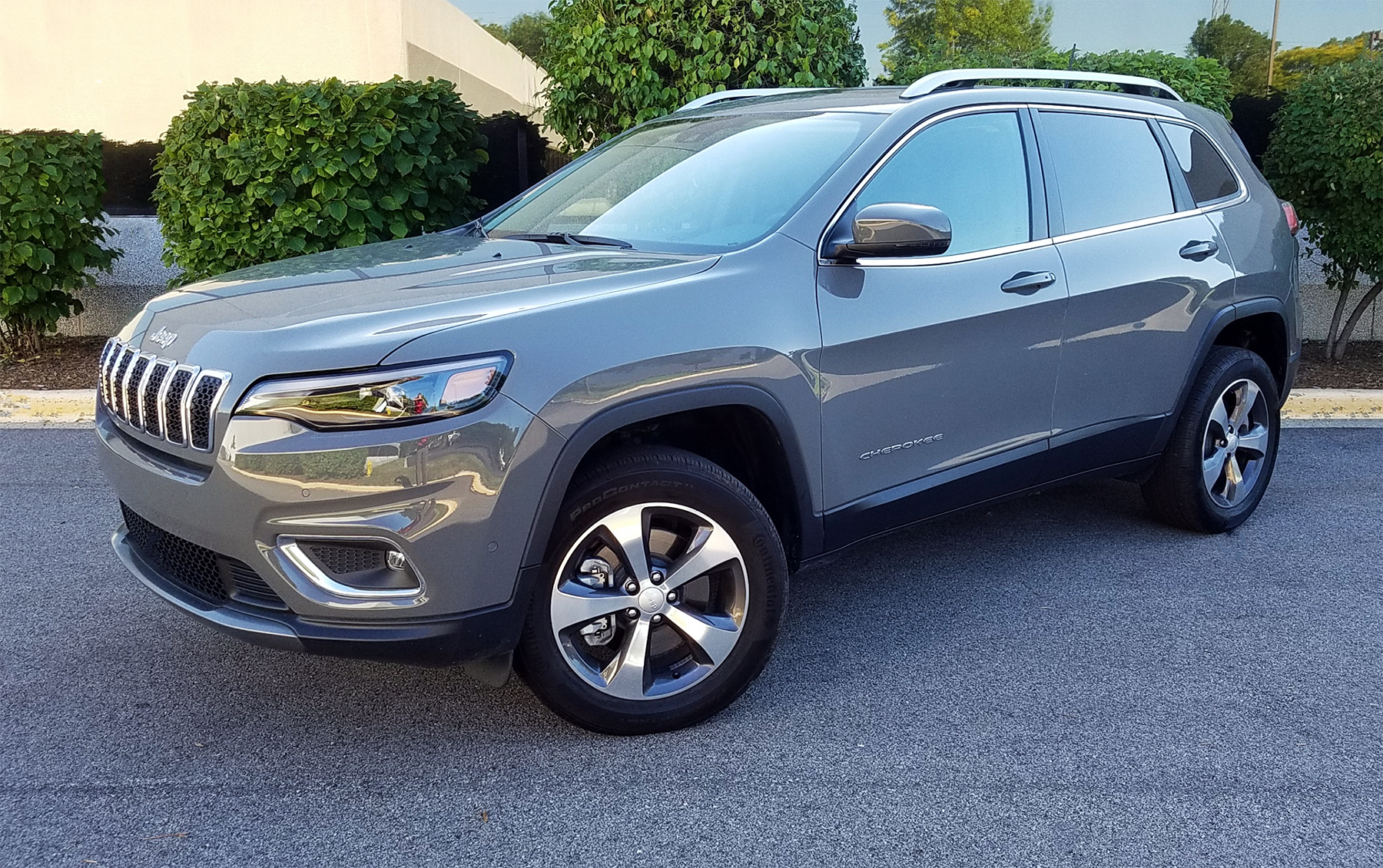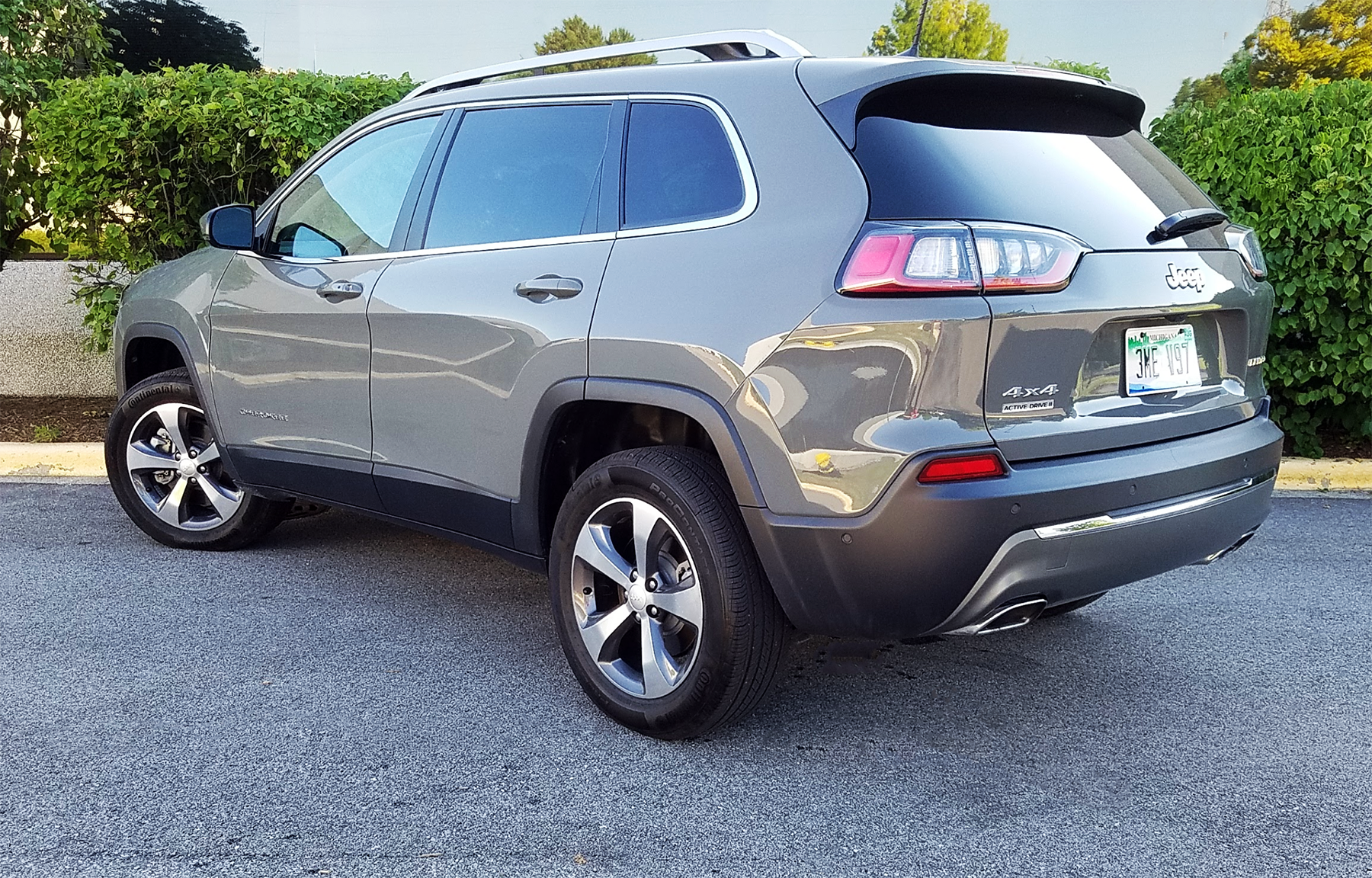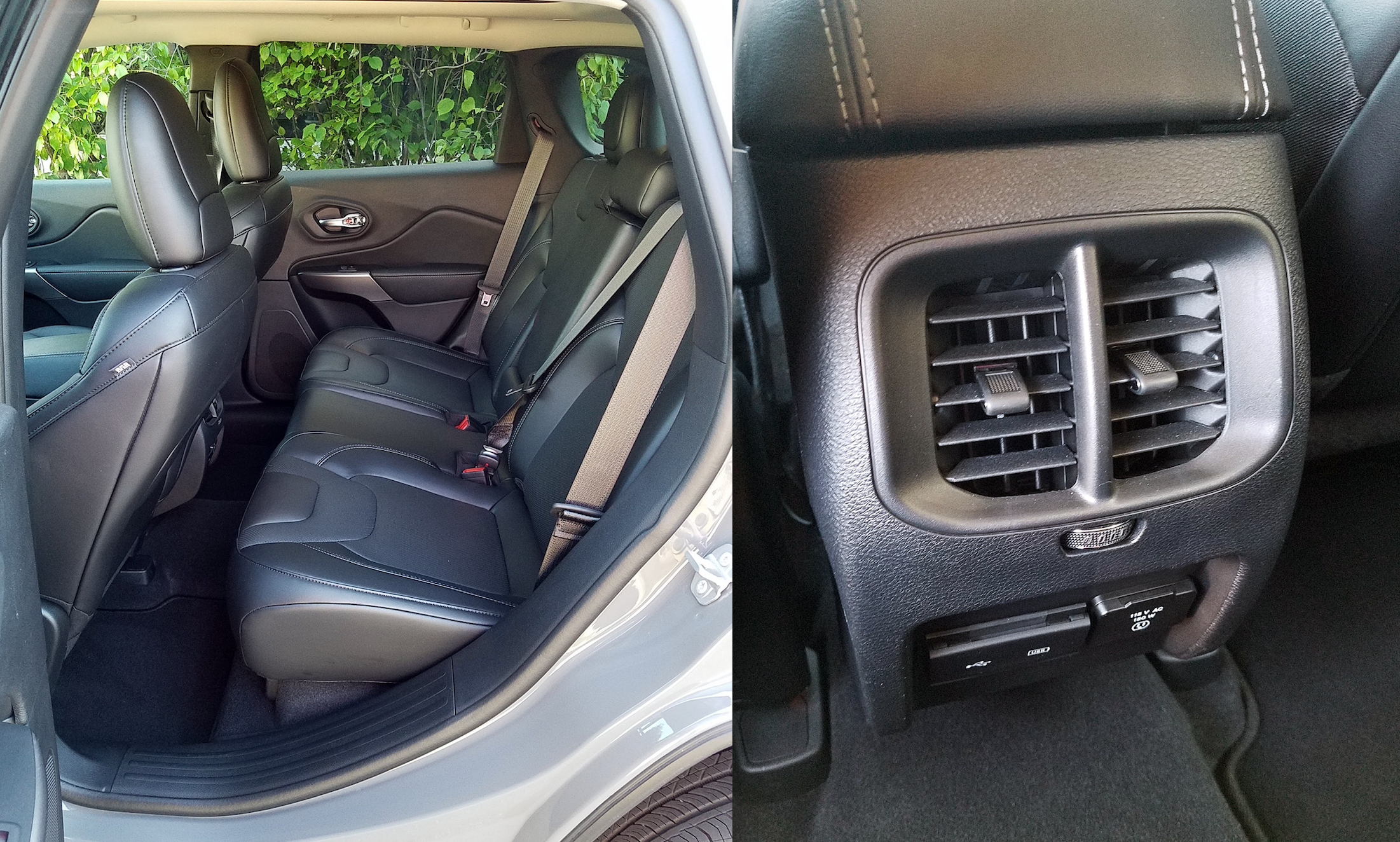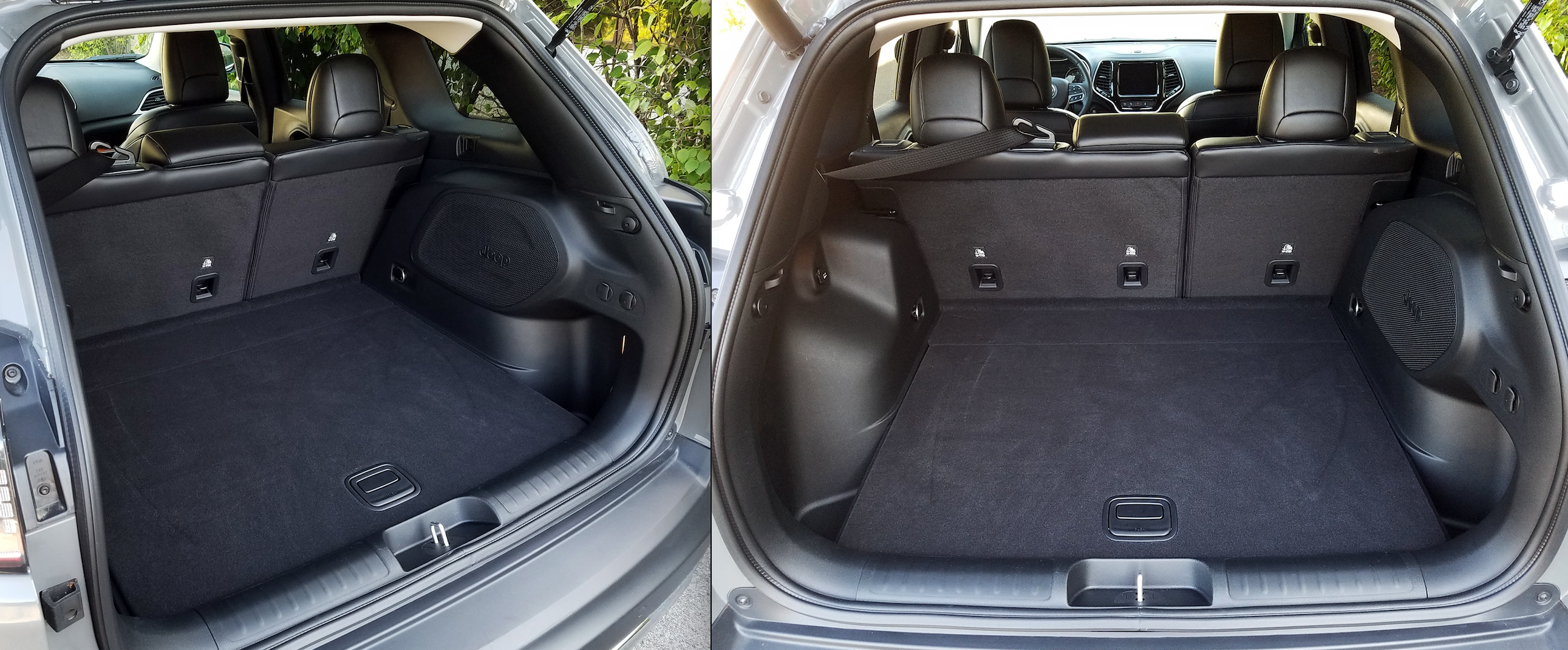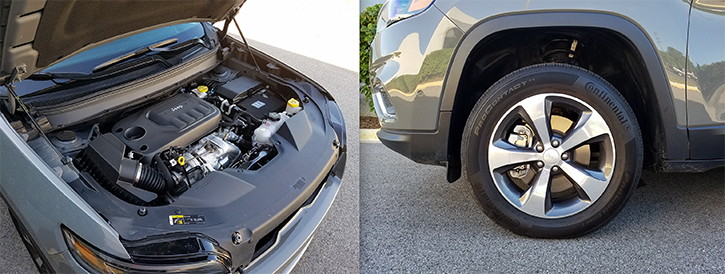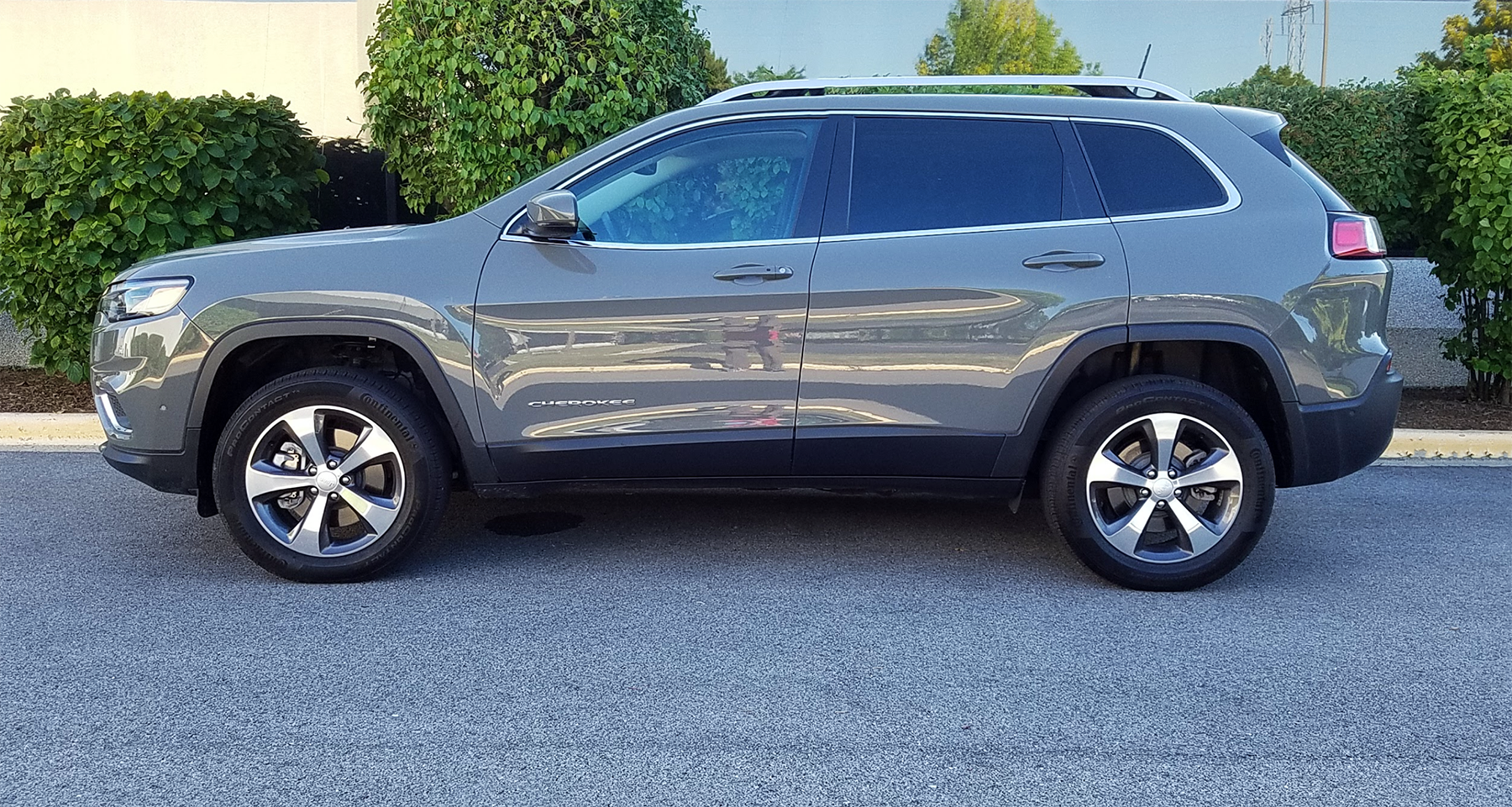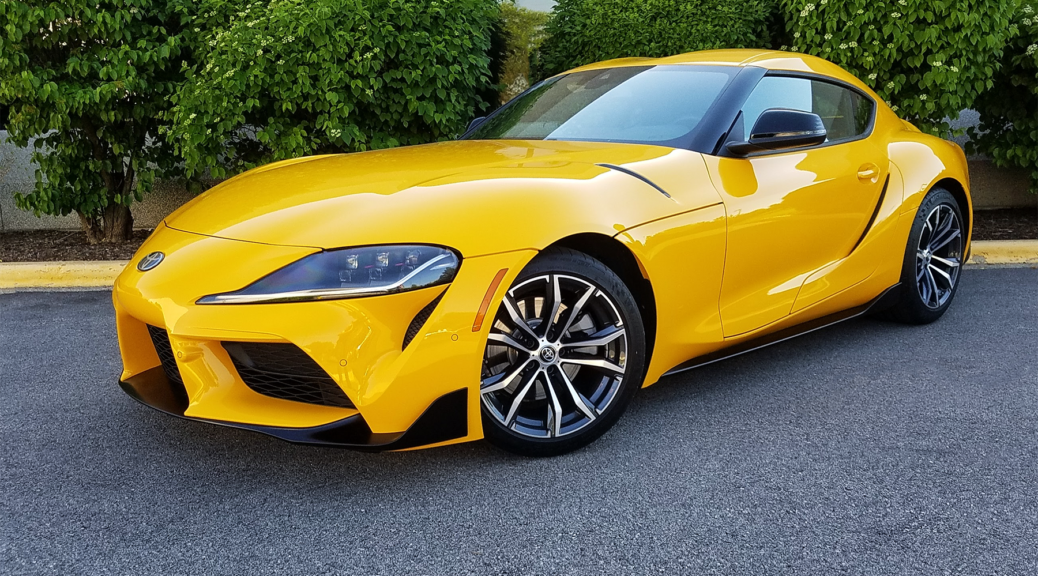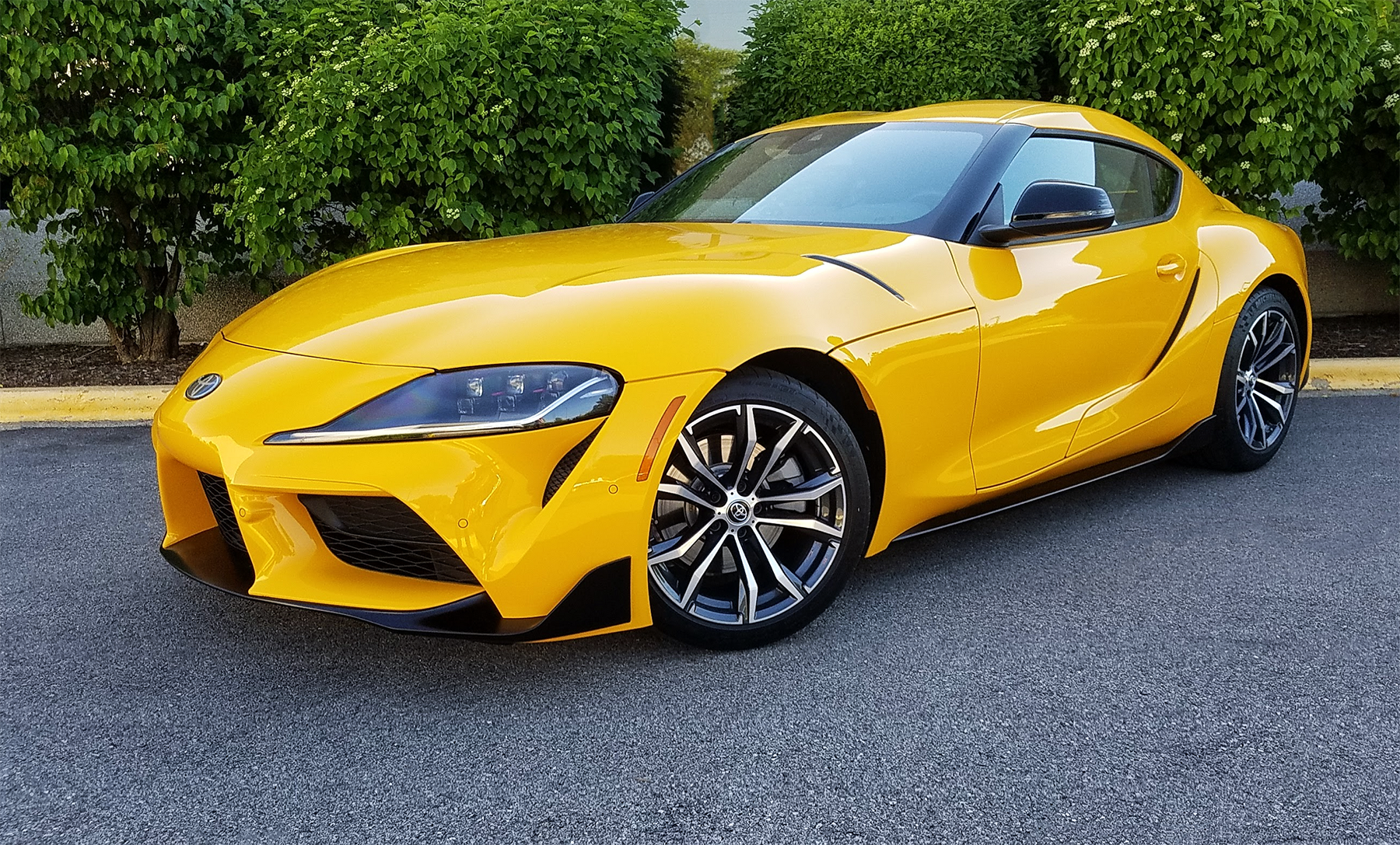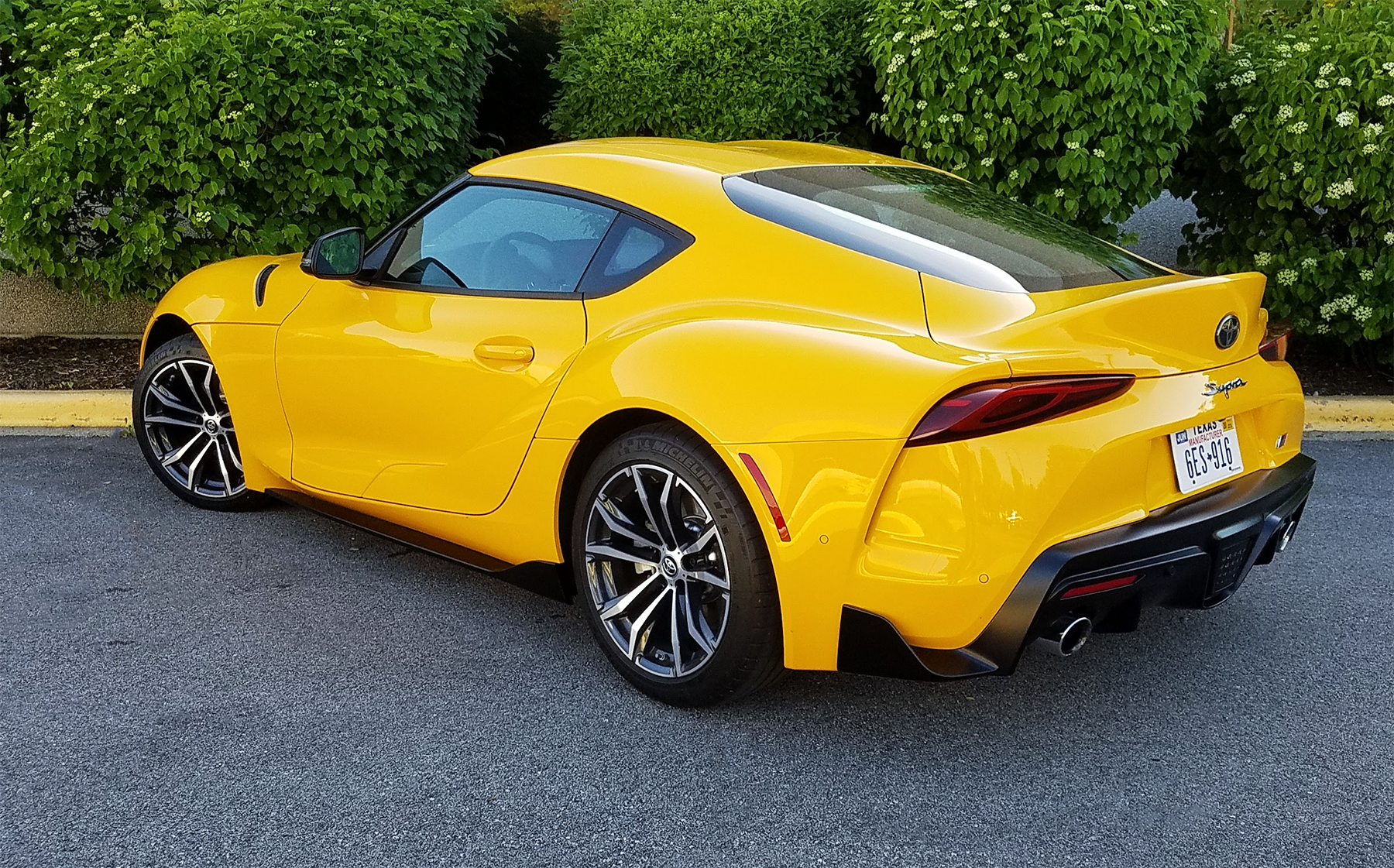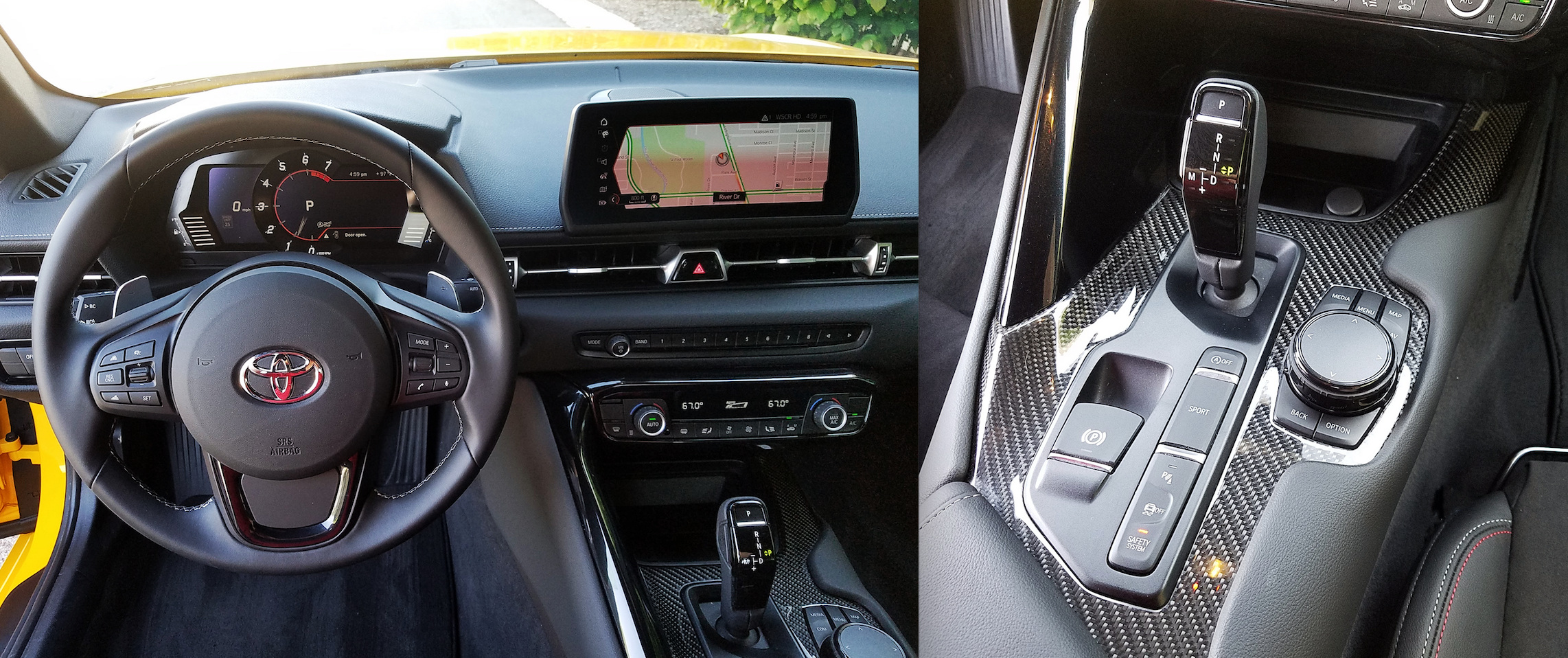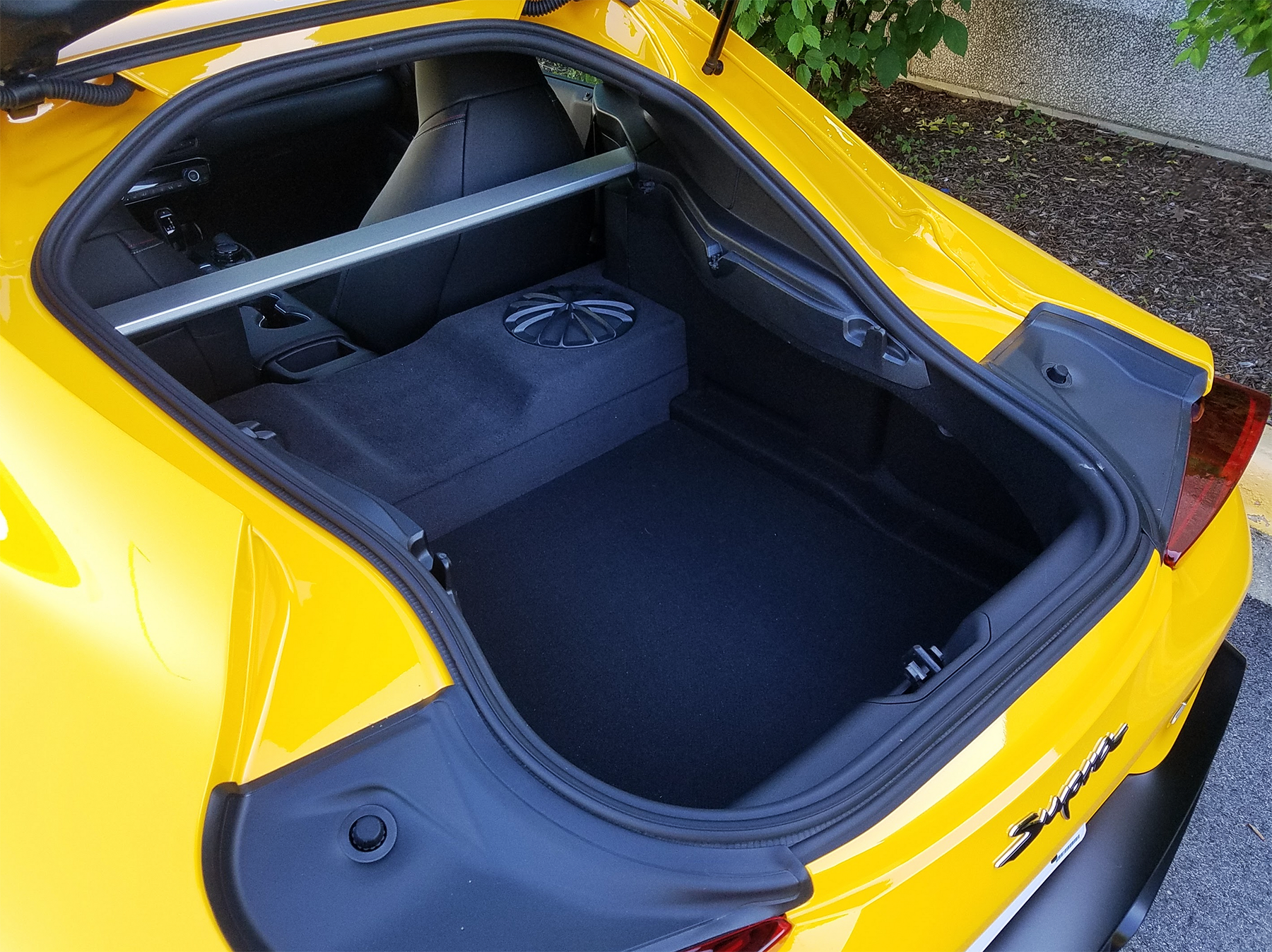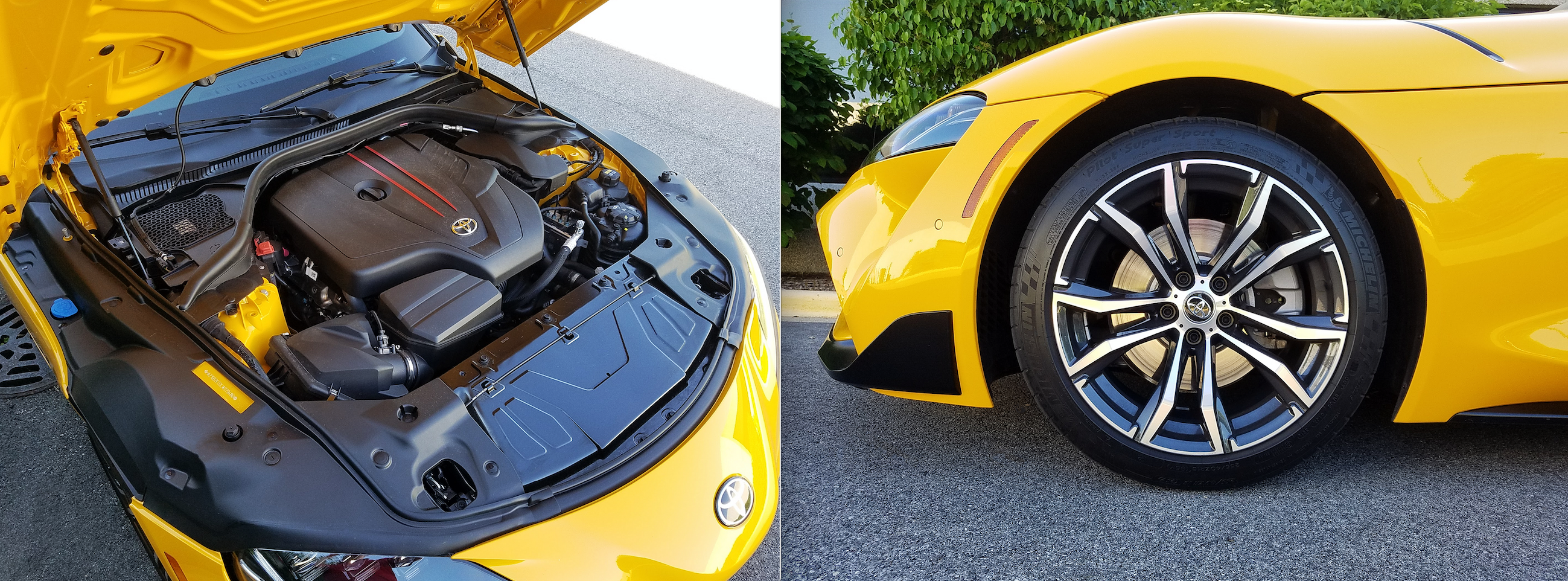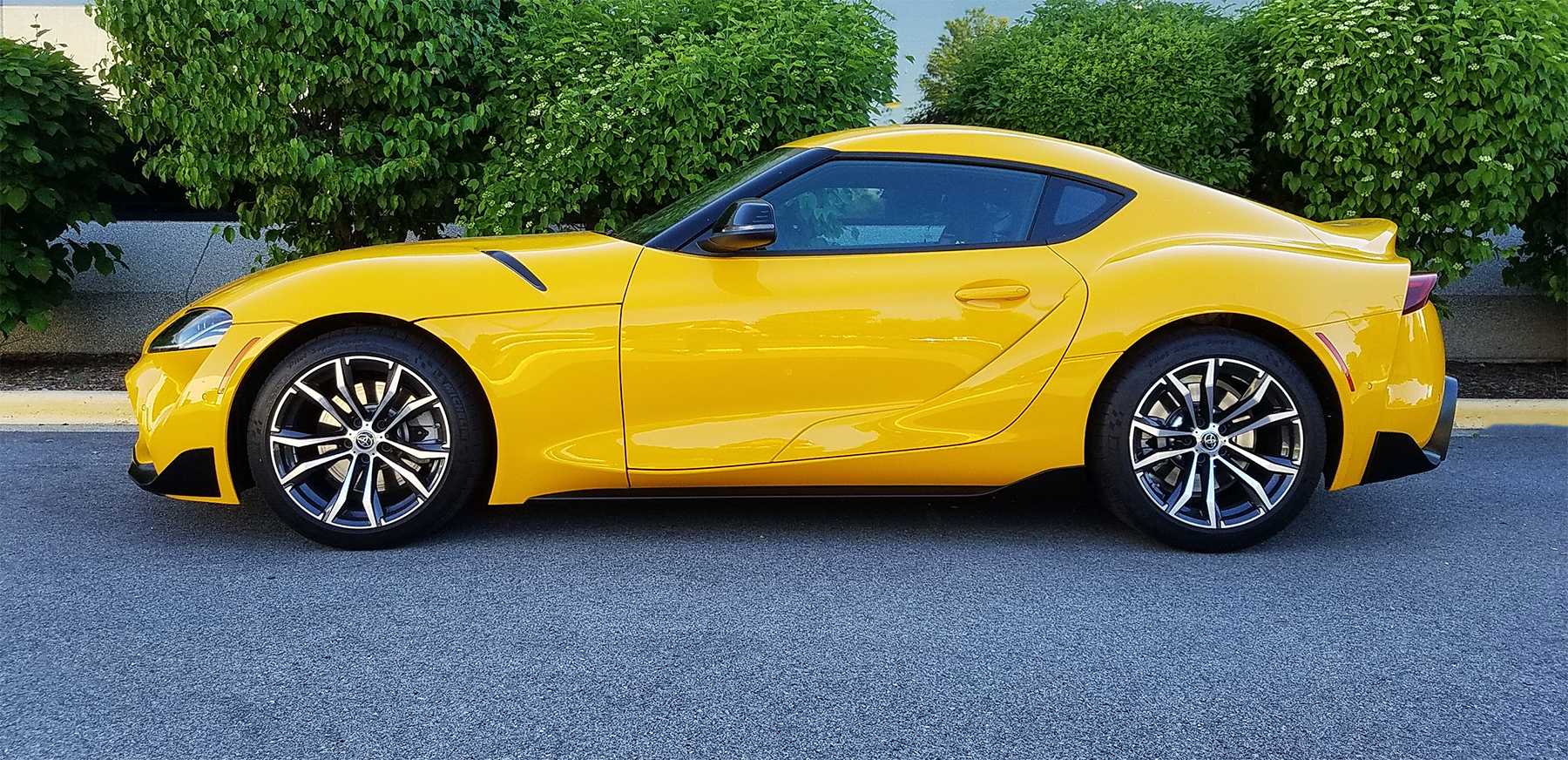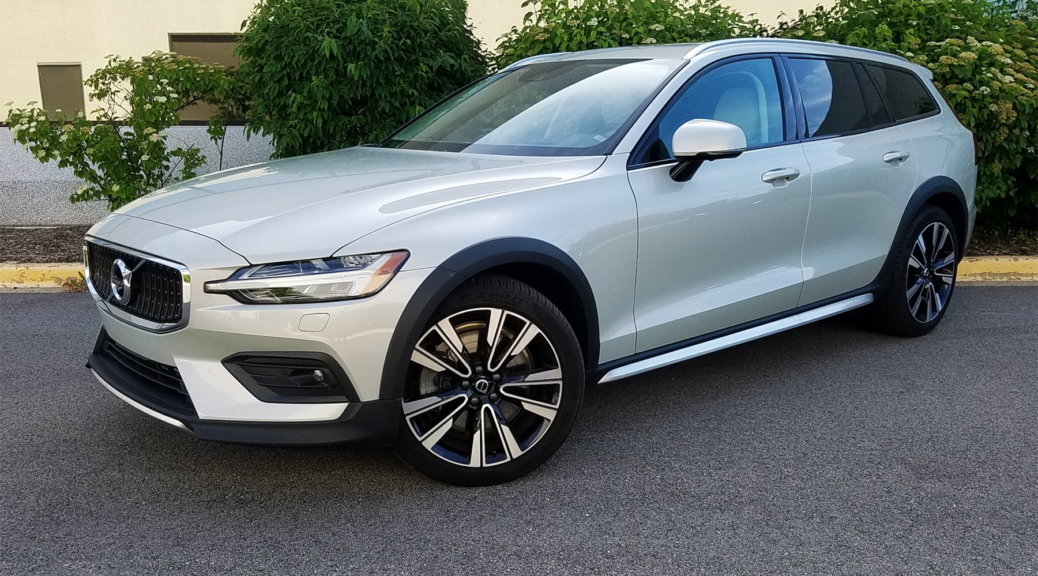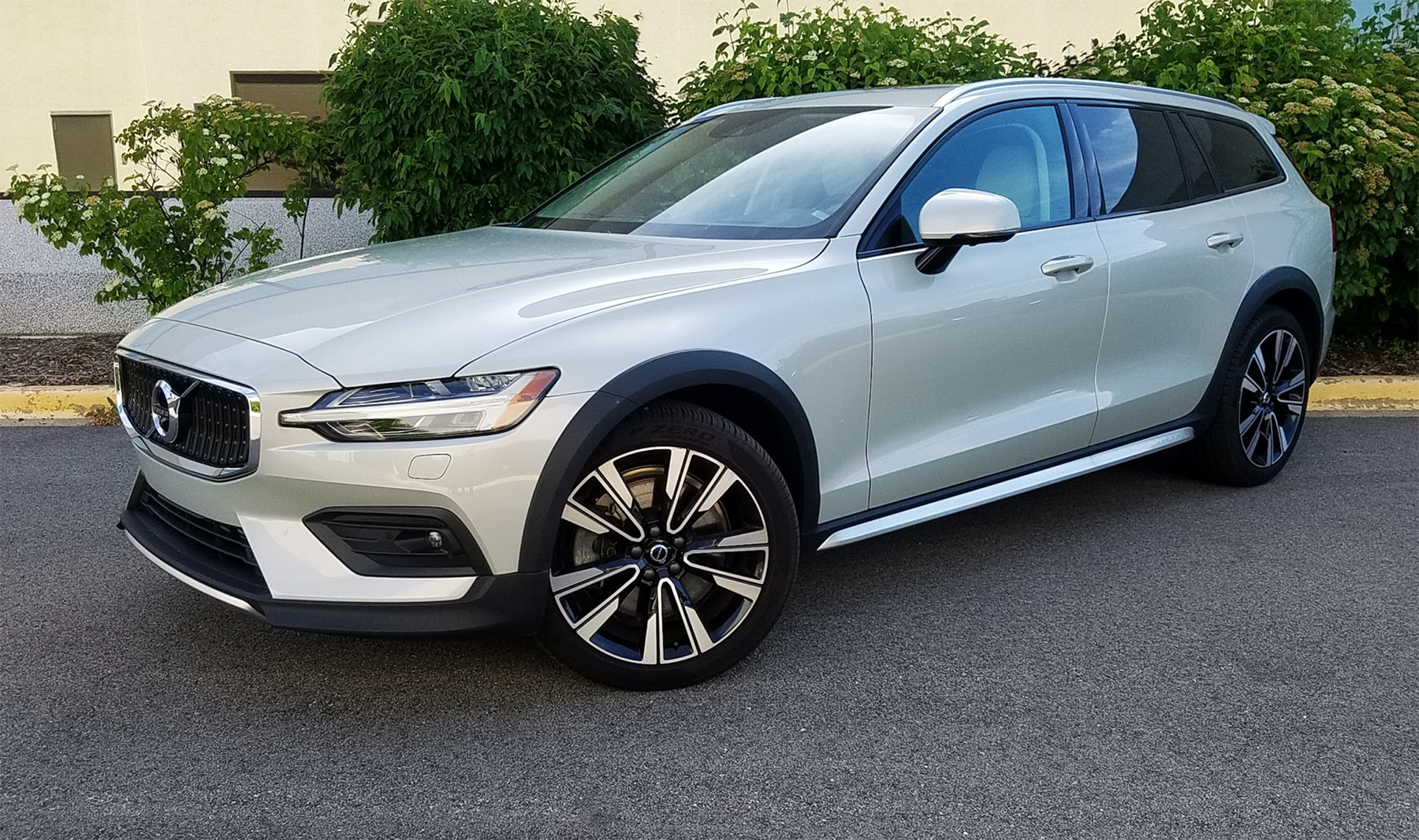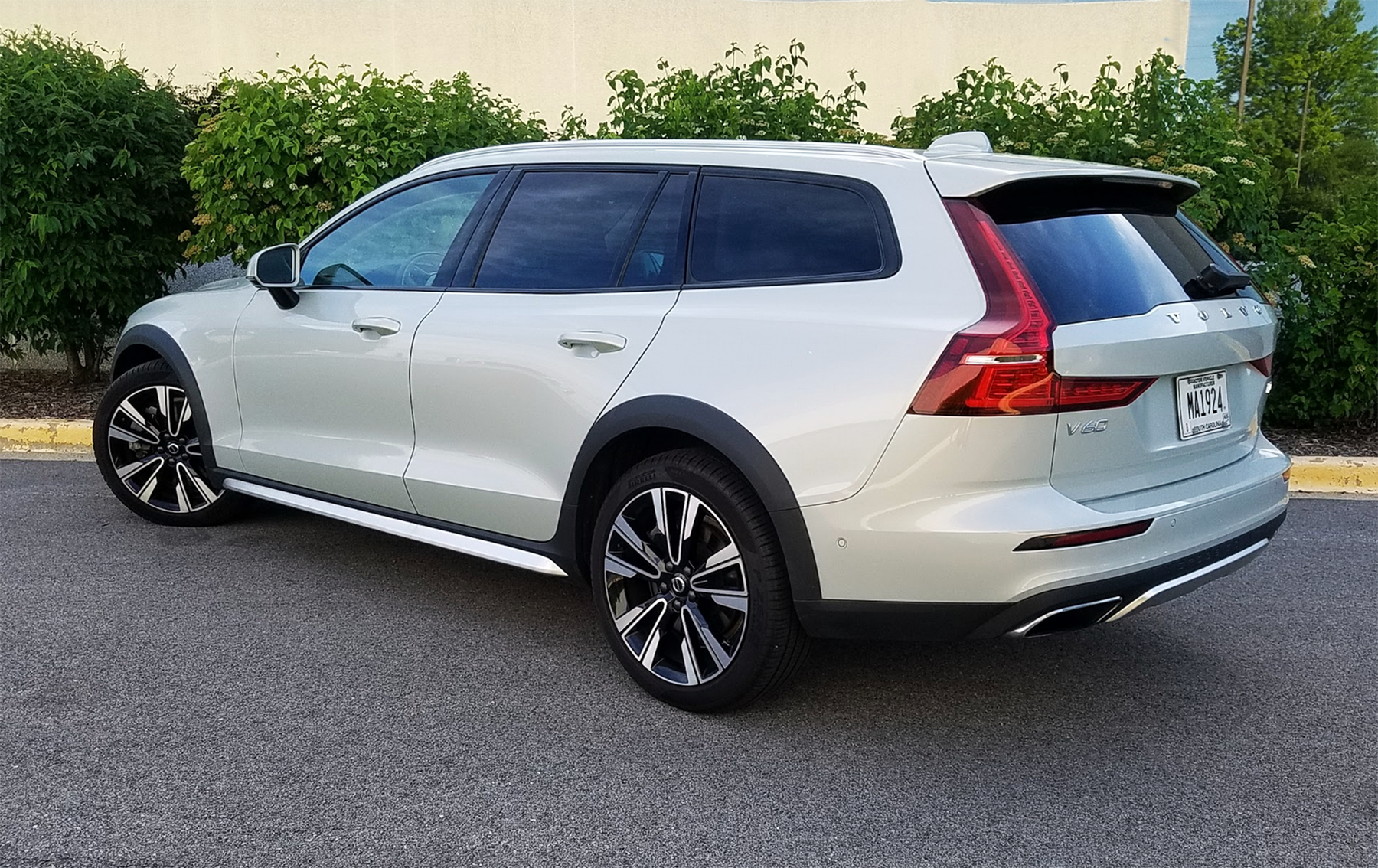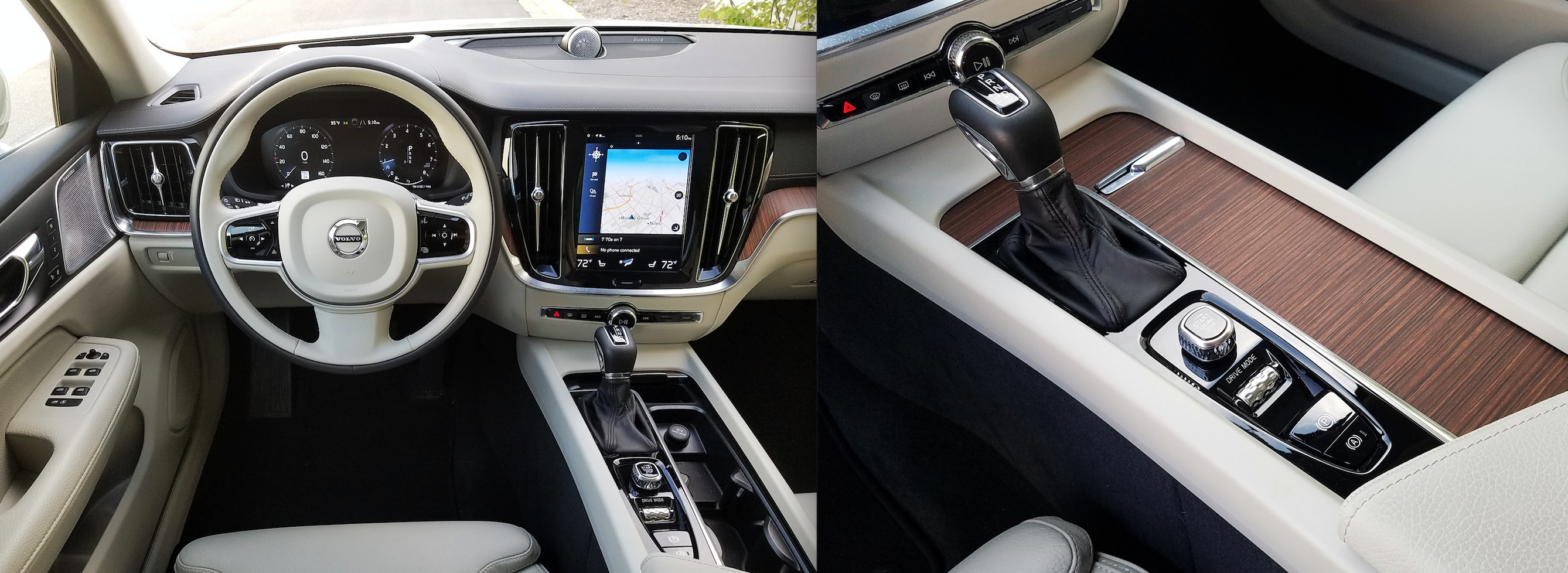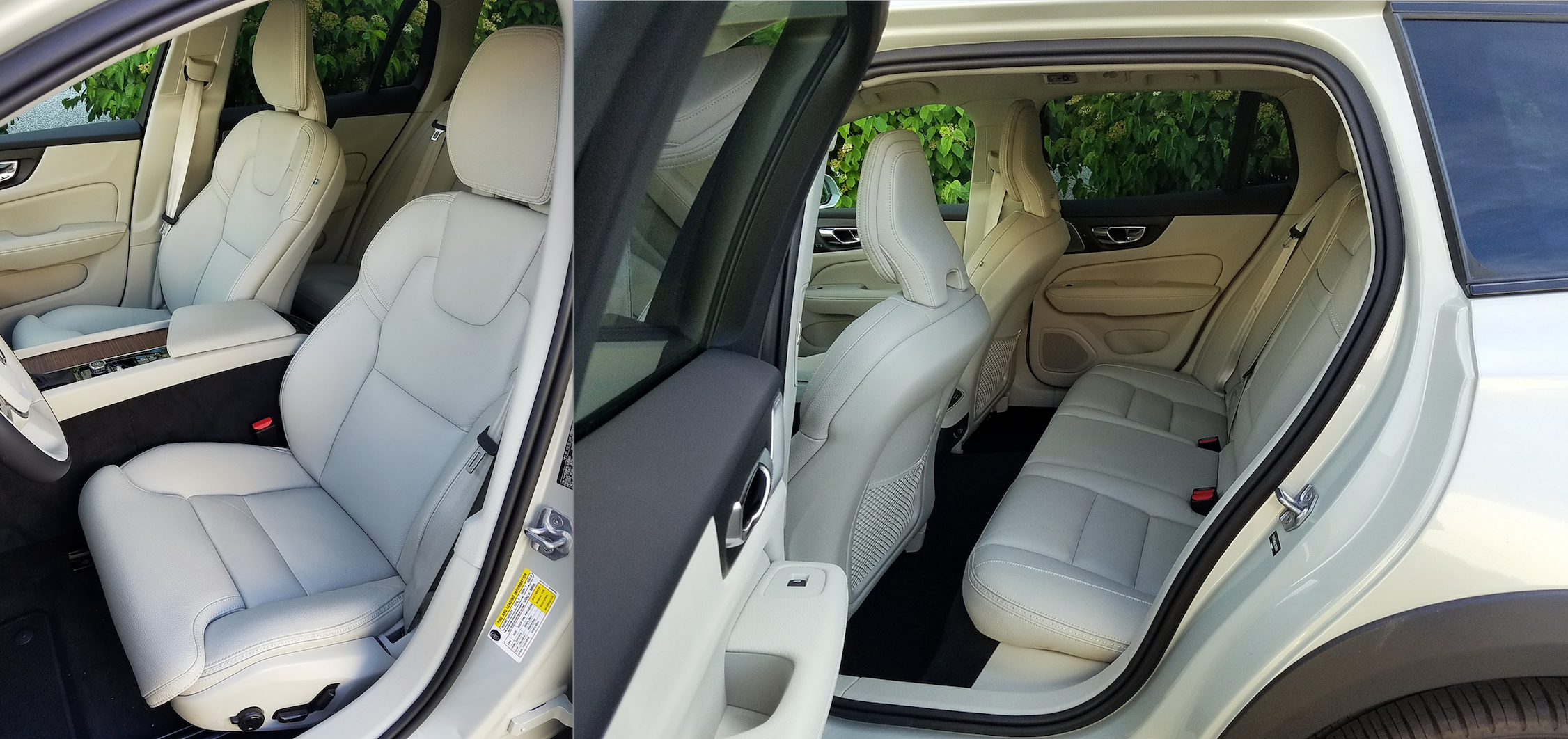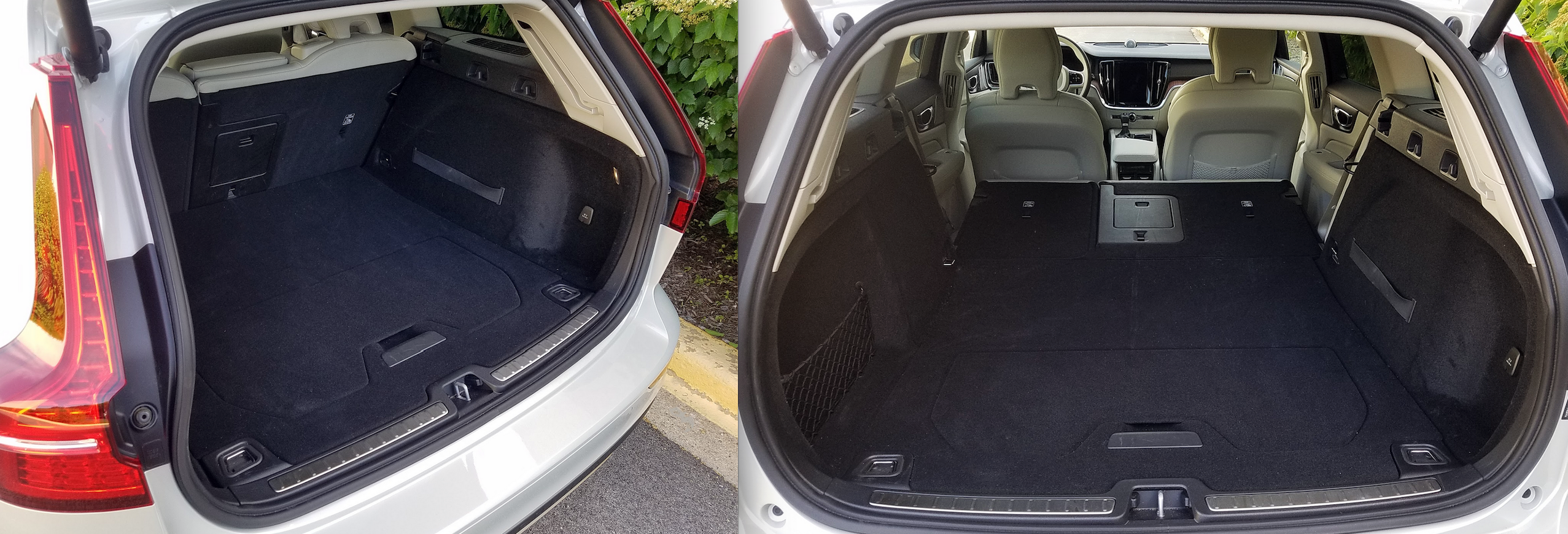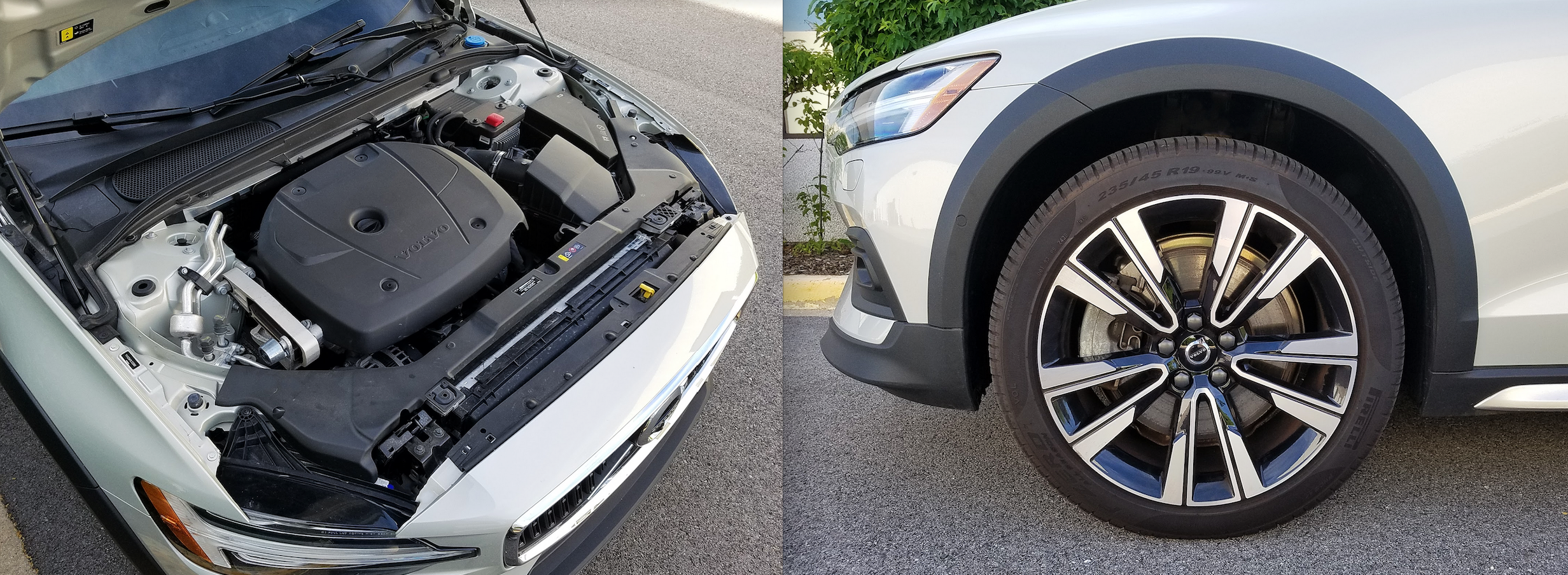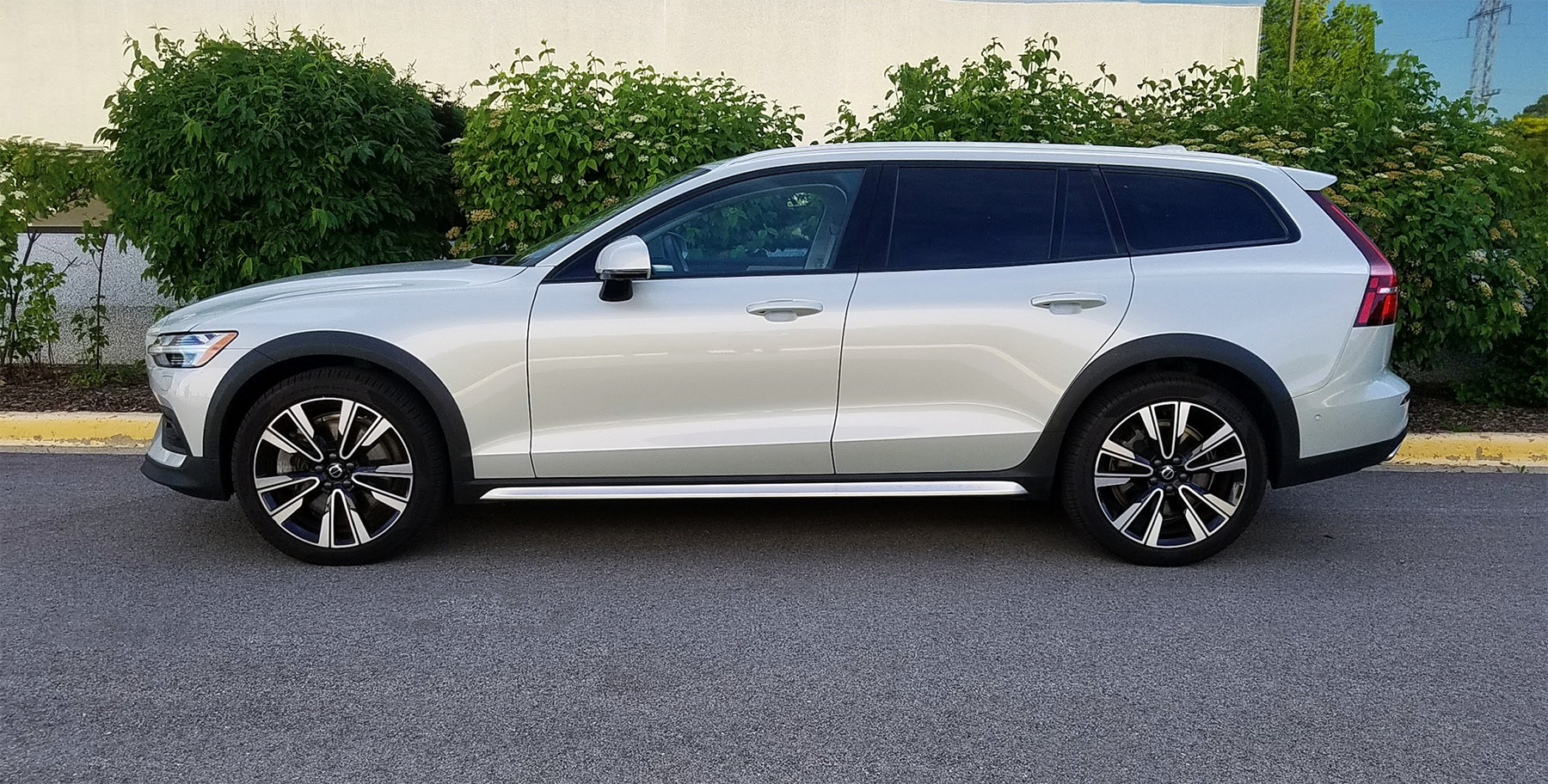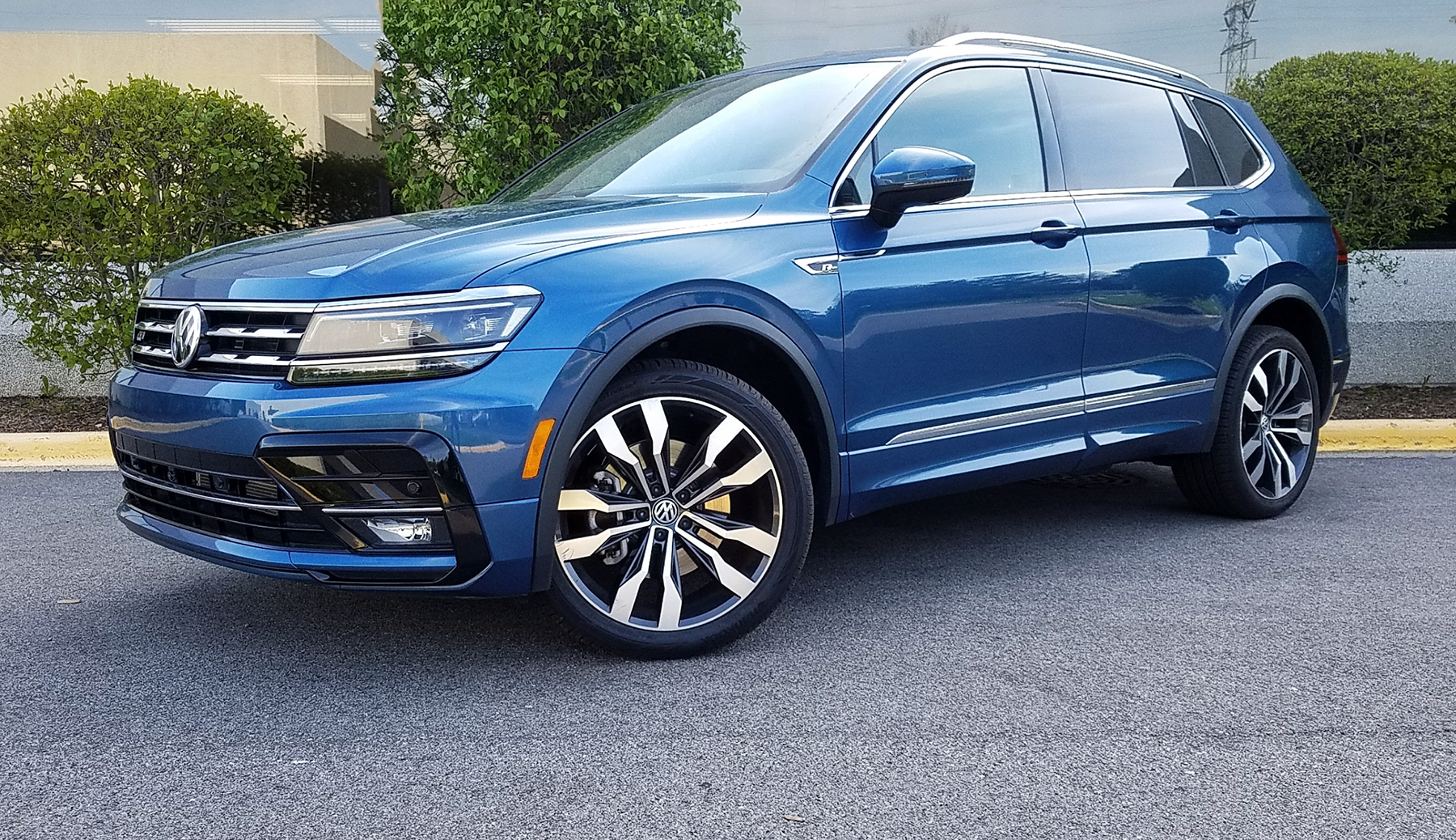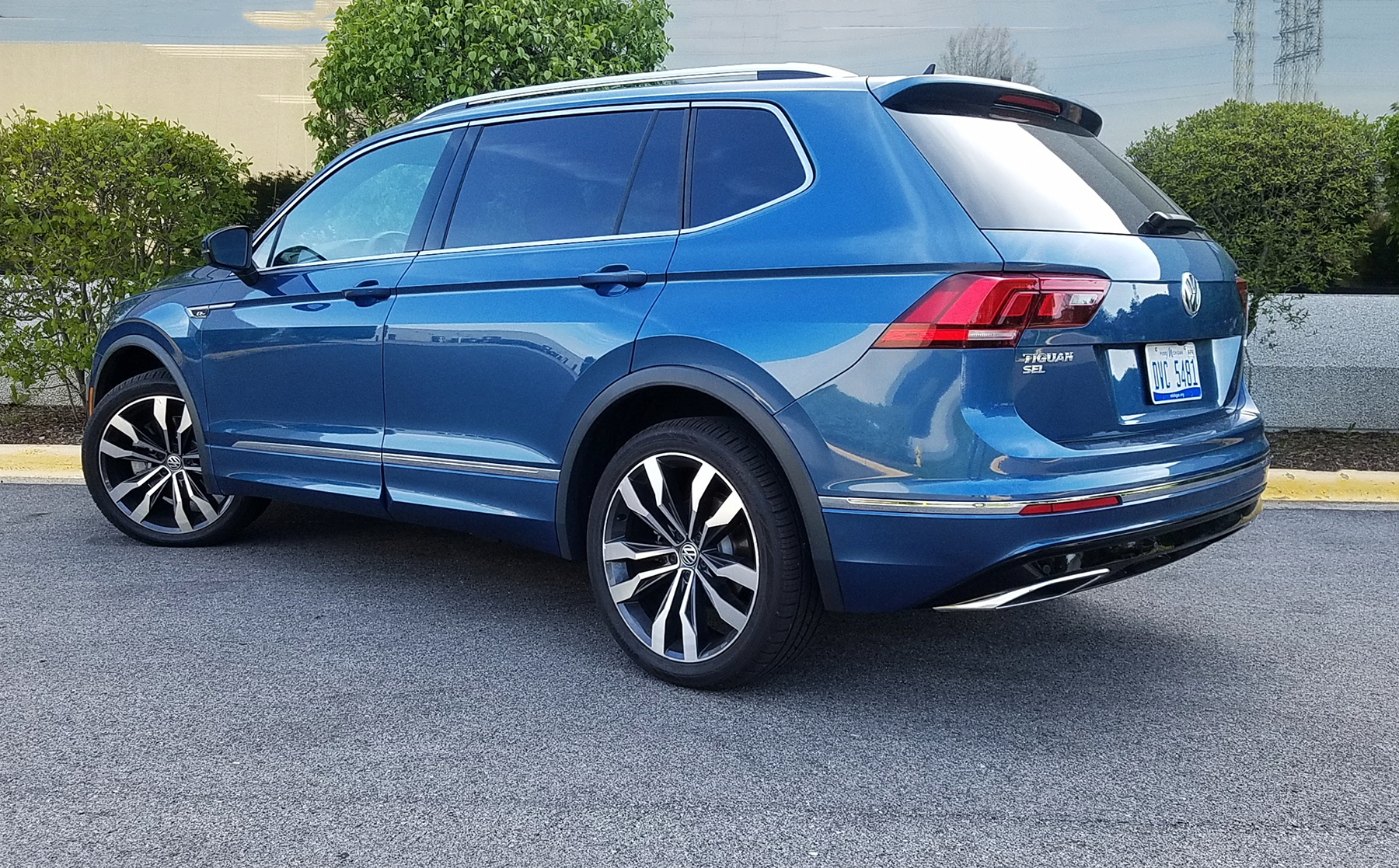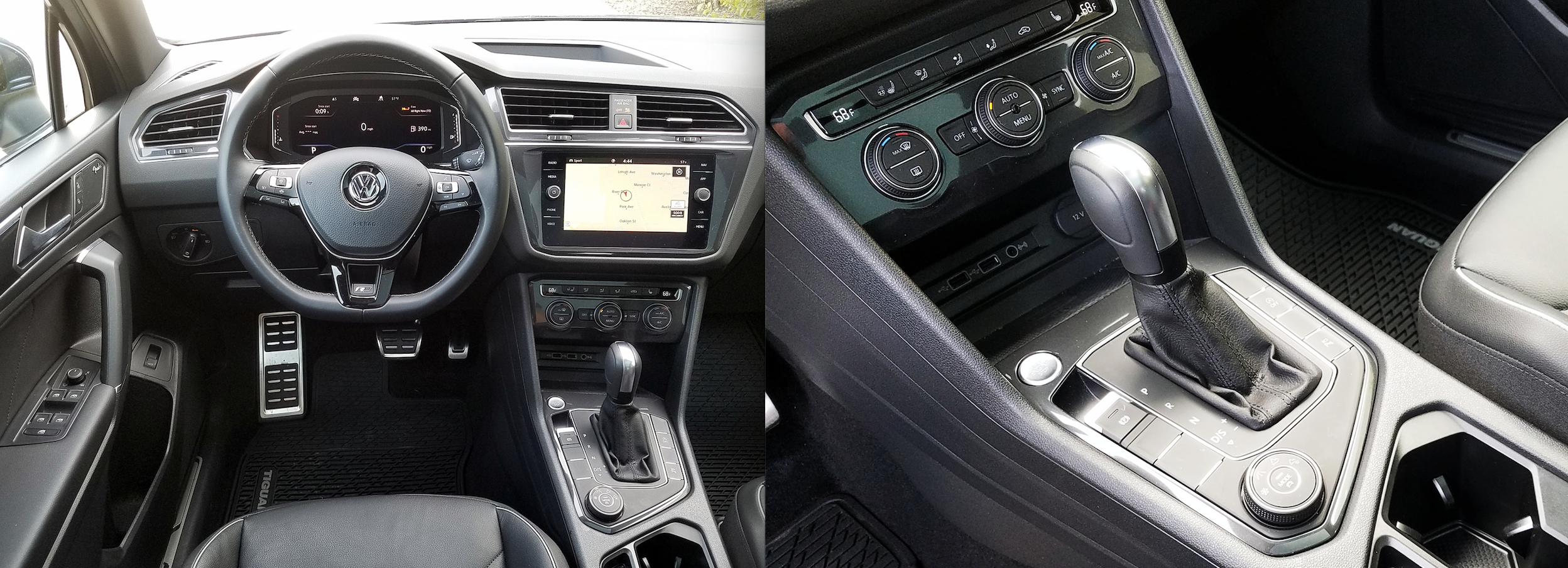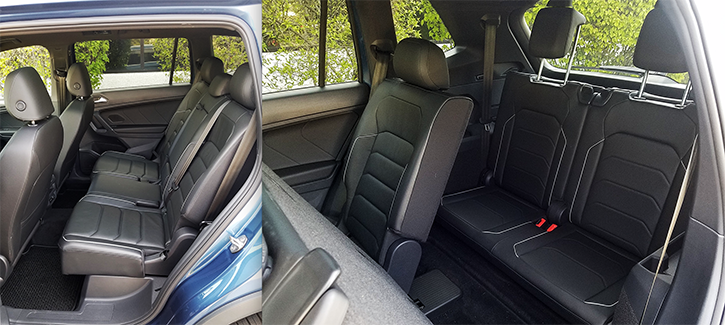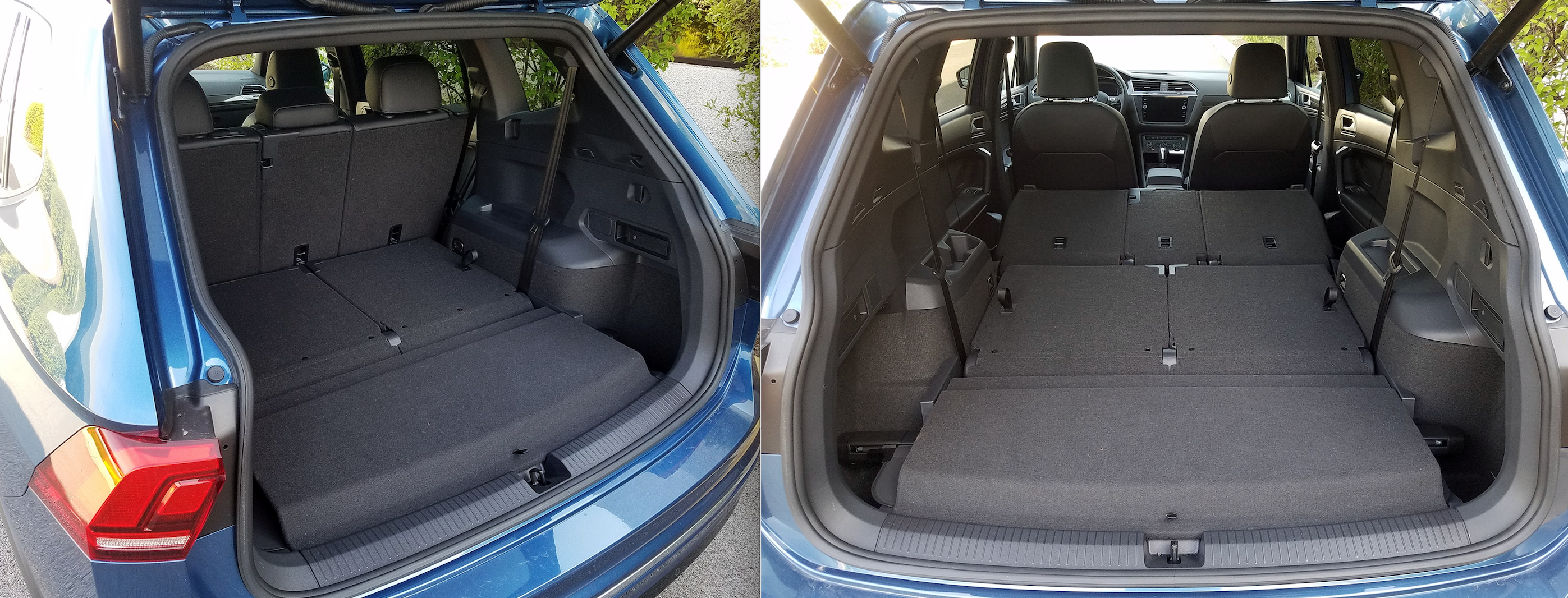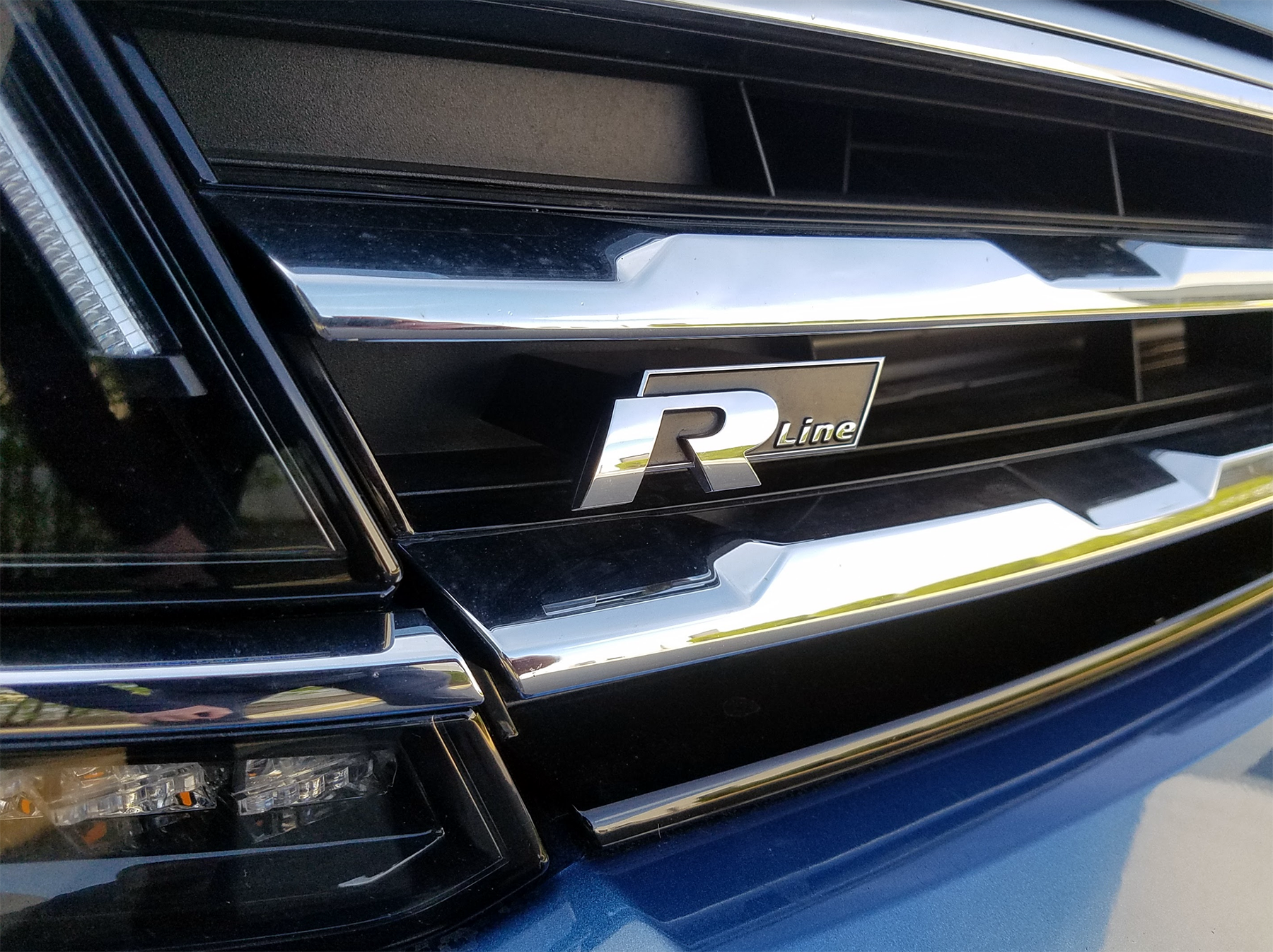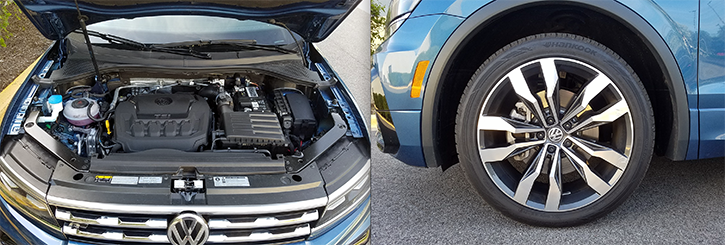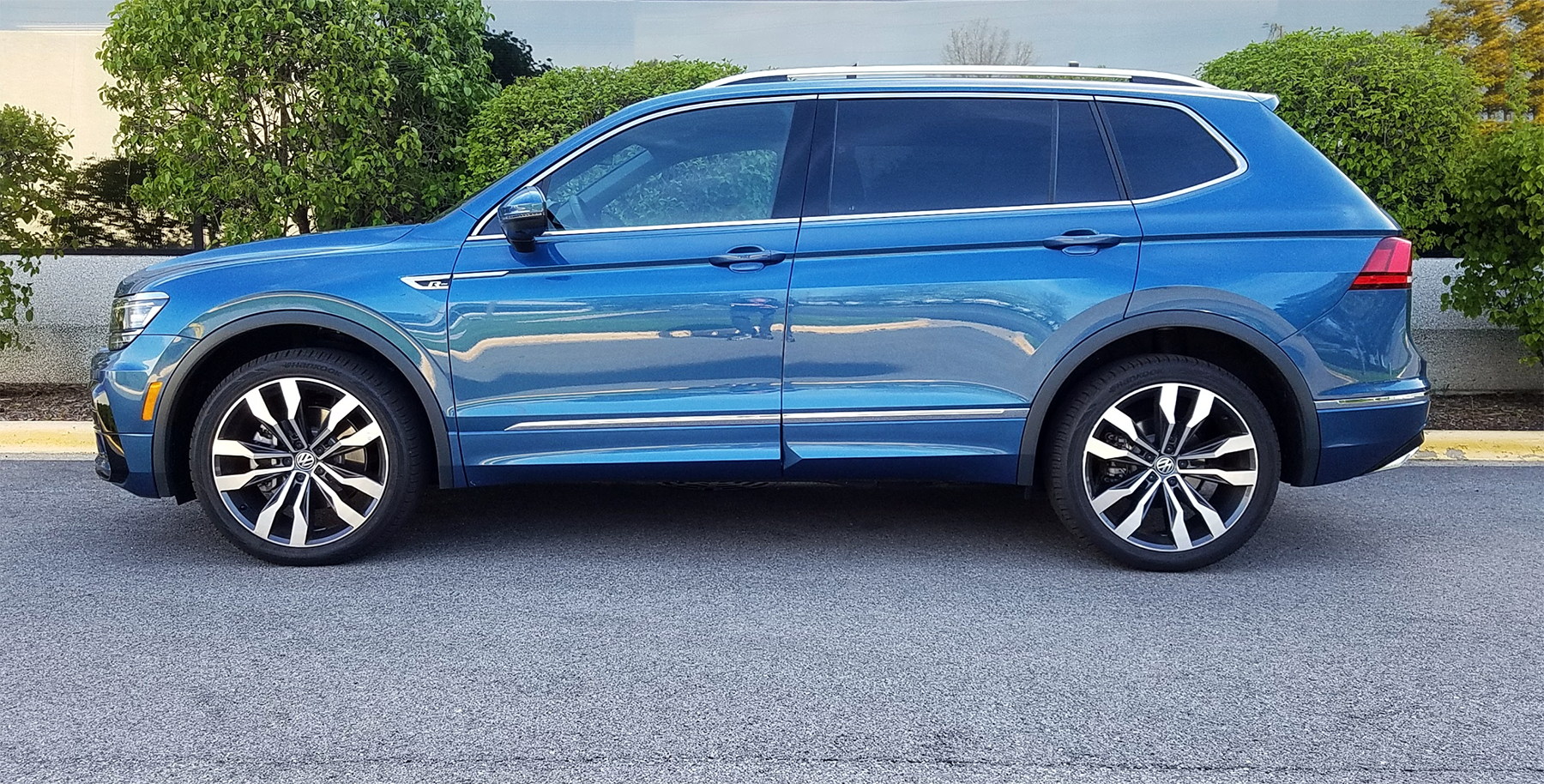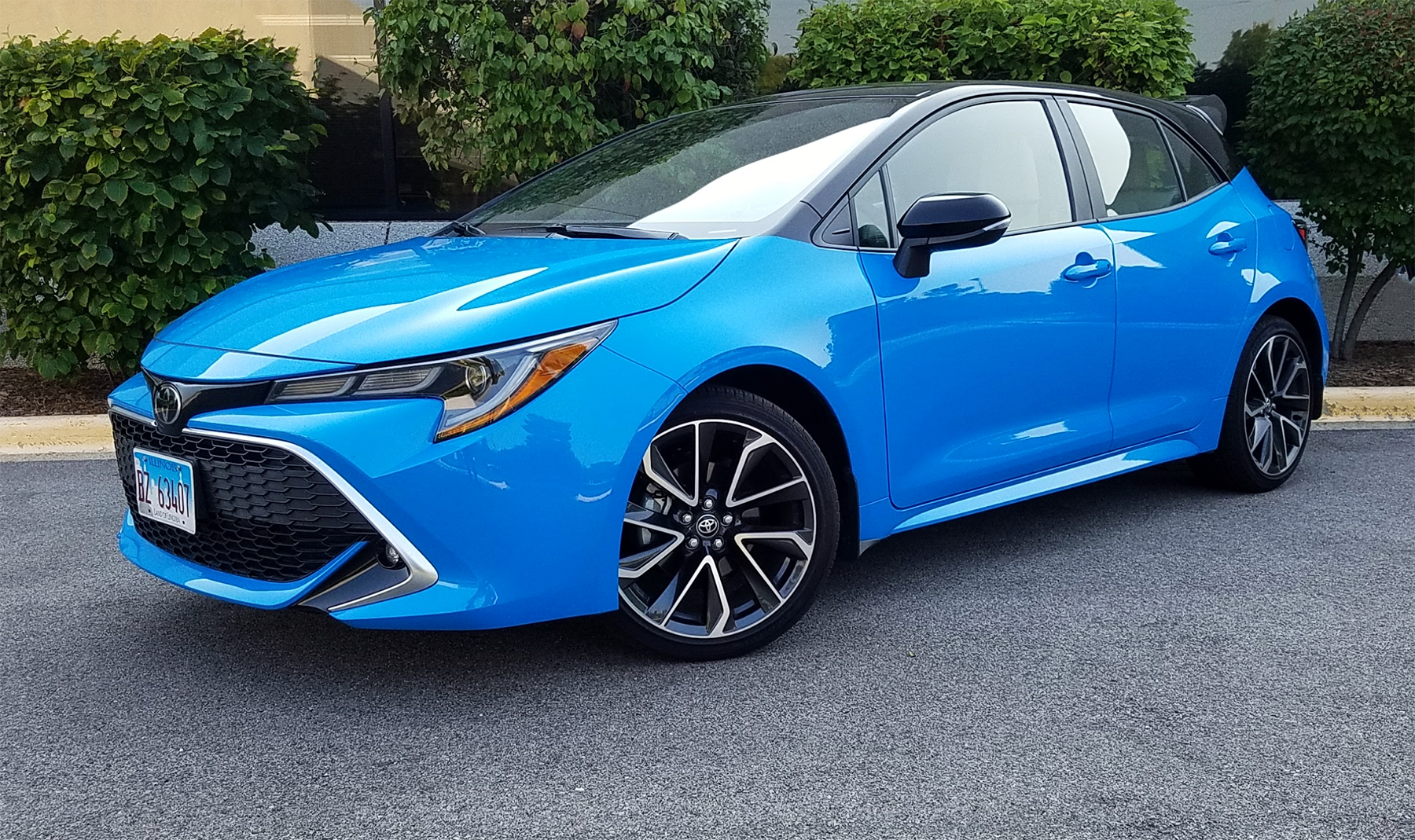
2020 Toyota Corolla Hatchback XSE in Blue Flame with black roof, spoiler, and side mirrors (a $500 option)

2020 Toyota Corolla Hatchback XSE
Class: Compact Car
Miles driven: 517
Fuel used: 17.7 gallons
| CG Report Card | |
|---|---|
| Room and Comfort | B+ |
| Power and Performance | B |
| Fit and Finish | B+ |
| Fuel Economy | A- |
| Value | B+ |
| Report-card grades are derived from a consensus of test-driver evaluations. All grades are versus other vehicles in the same class. Value grade is for specific trim level evaluated, and may not reflect Consumer Guide’s impressions of the entire model lineup. | |
| Big & Tall Comfort | |
| Big Guy | B |
| Tall Guy | B |
| Big & Tall comfort ratings are for front seats only. “Big” rating based on male tester weighing approximately 350 pounds, “Tall” rating based on 6’6″-tall male tester. | |
| Drivetrain | |
| Engine Specs | 168-hp 2.0L |
| Engine Type | 4-cylinder |
| Transmission | 6-speed manual |
| Drive Wheels | Front-wheel drive |
Real-world fuel economy: 29.2 mpg
Driving mix: 45% city, 55% highway
EPA-estimated fuel economy: 28/37/31 (city/highway/combined)
Fuel type: Regular gas
Base price: $23,240 (not including $955 destination charge)
Options on test vehicle: Adaptive headlights ($415), black roof/spoiler/side mirrors ($500), carpet mat package ($249) TRD air filter ($79), black emblem overlays ($129), door-sill protectors ($165), mudguards ($129), rear-window spoiler ($375), door-edge guard ($125), rear bumper protector ($89)
Price as tested: $26,450
Quick Hits
The great: Peppy engine with cooperative manual transmission
The good: Sporty driving personality
The not so good: Corolla Hatchback’s legroom isn’t as good as its sedan sibling; bobtail body design, sloped rear roofline, and high load floor make for disappointing cargo capacity
More Corolla price and availability information
CG Says:
Year two of Toyota’s remake of the Corolla product line is all about the sedan, completely redone for 2020 in the wake of the hatchback’s release as a ’19 model. It’s little surprise, then, that the hatch was fundamentally left alone in its second model year while the twelfth-generation sedan caught up.
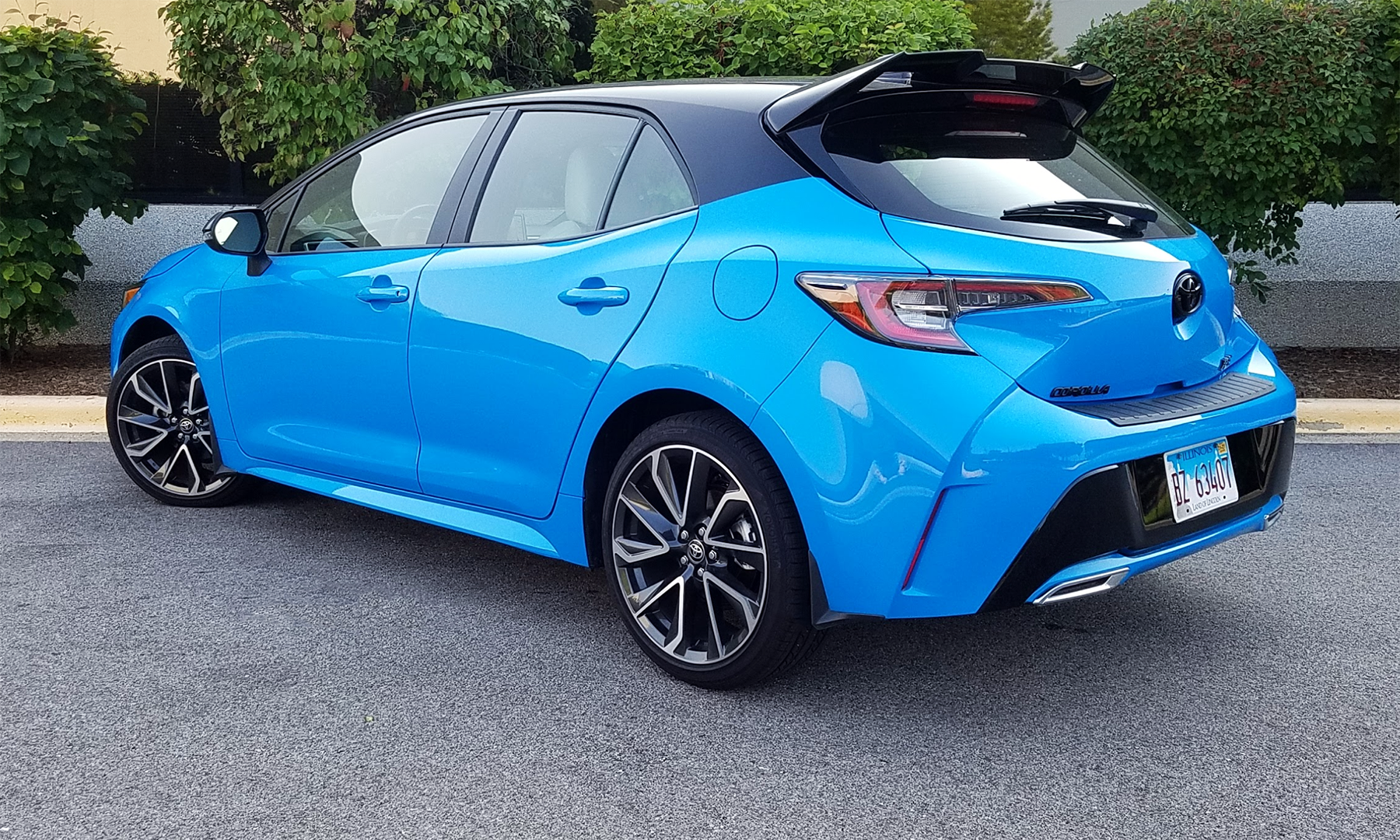
The XSE is the sportiest trim level in the Corolla Hatchback lineup. It comes standard with racy-looking 18-inch machined alloy wheels, but the rear roof spoiler is a $375 option.
Some things did move the needle a little bit. Android Auto smartphone compatibility was added, and the hatchback lineup added a Nightshade edition, a black-trim automatic-only version of the base SE. Oh, and the Corolla became a Consumer Guide “Best Buy” in the compact-car class.
As it did in 2019, CG sampled an XSE, the top-level hatchback, which has a 2020 starting price (with delivery) of $24,195, an increase of $285 from ’19. In a way, this latest test car was a cross between the two XSEs we drove in 2019, with the stylish two-tone interior of one car but the 6-speed manual transmission from the other. We have yet to drive a current-generation Corolla hatchback that isn’t colored bright “Blue Flame” blue, but at least the ’20 tester came with its roof, rear spoiler, and exterior mirrors all painted black, a $500 option. (The spoiler is an option of its own apart from the paint treatment.) An extra-cost group of black overlays for exterior badges finished the look. With all options, the test car topped out at $26,450.
Quick Spin: 2019 Toyota Corolla Hatchback XSE (Manual)
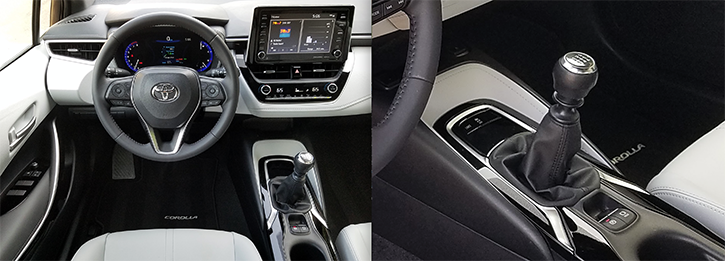
The Corolla Hatchback’s interior design is dynamic yet ergonomically agreeable, and it’s highlighted by sturdy materials and good assembly quality. The manual transmission–an increasing rarity these days–adds to the fun factor.
That said, there is an impressive roster of standard equipment in the XSE, starting with 18-inch alloy wheels, heated power mirrors, LED headlights and taillights, cloth-and-leather upholstery, heated front seats, a power-adjustable driver’s seat, leather-wrapped tilt/telescoping steering wheel, dual-zone automatic climate control, keyless access and starting, blind-spot monitoring, and the Toyota Safety Sense 2.0 suite of driving aids (except for lane-tracing assist deleted from manual-transmission cars). Infotainment falls to the Audio Plus system with HD and satellite radio, expanded remote-services capability, Android Auto/Apple CarPlay/Amazon Alexa compatibility, 6-speaker AM/FM radio, auxiliary and USB ports, Bluetooth wireless capability, and Wi-Fi.
Test Drive: 2020 Volkswagen Golf TSI
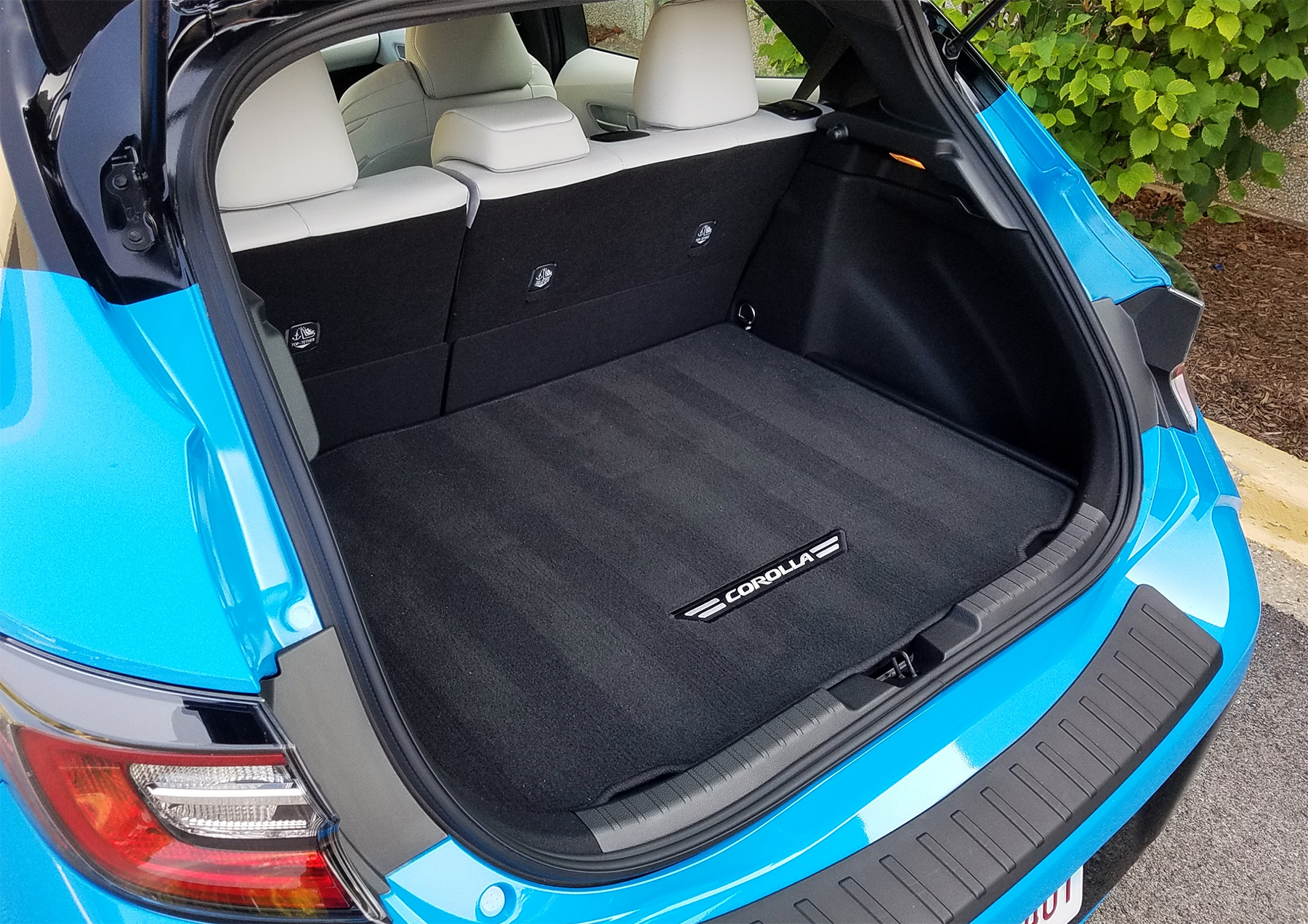
The Corolla Hatchback’s cargo capacity is compromised by a high load floor and a sloping rear roofline; there’s 17.8 cubic feet behind the rear seats.
Shift throws from the 6-speed transmission are a little long, but they’re easy to get right—which is good considering that the 2.0-liter 4-cylinder engine isn’t overburdened with a lot of low-end torque. Drivers will be downshifting frequently to keep the 168-horsepower powerplant in a happy place. Fun-to-drive character has its price, though, and it is paid out at the gas pump. The stickshift Corolla’s EPA estimates (28/37/31 mpg city/highway/combined) aren’t as good as the optional automatic continuously variable transmission gets. Our experience in 2019-20 has more or less hewed to those projections.
Front-seat passenger room is good for the class; there’s just enough rear legroom for most adults but headroom is somewhat limited. The flat-floored cargo bay has practical space behind the rear seats, but 60/40-split rear seats fold flush with the load floor for lots more capacity.
As for materials and controls, padded soft surfaces cover the middle of the instrument panel and the tops of the dash and front doors. Virtual driving controls are clearly displayed; the audio system is easy to reach and simple to use. Convenient rotary dials are used to select temperature, but other climate controls are buttons with function icons that can be difficult to read at a glance. Interior storage is managed by a good-size glove box, a smallish covered console box, an open bin at the front of the console, long pockets in the front doors, and pouches on the backs of the front seats. The console and pull-down rear armrest host cup holders, and each rear-door armrest carries a bottle holder.
Toyota isn’t coasting with the Corolla for 2021. It gains standard rear side airbags, sedans get a new Apex Edition with uprated suspension and unique trim, and a hatchback Special Edition packages the rear spoiler and special trim.
Test Drive: 2020 Honda Civic Hatchback Sport Touring
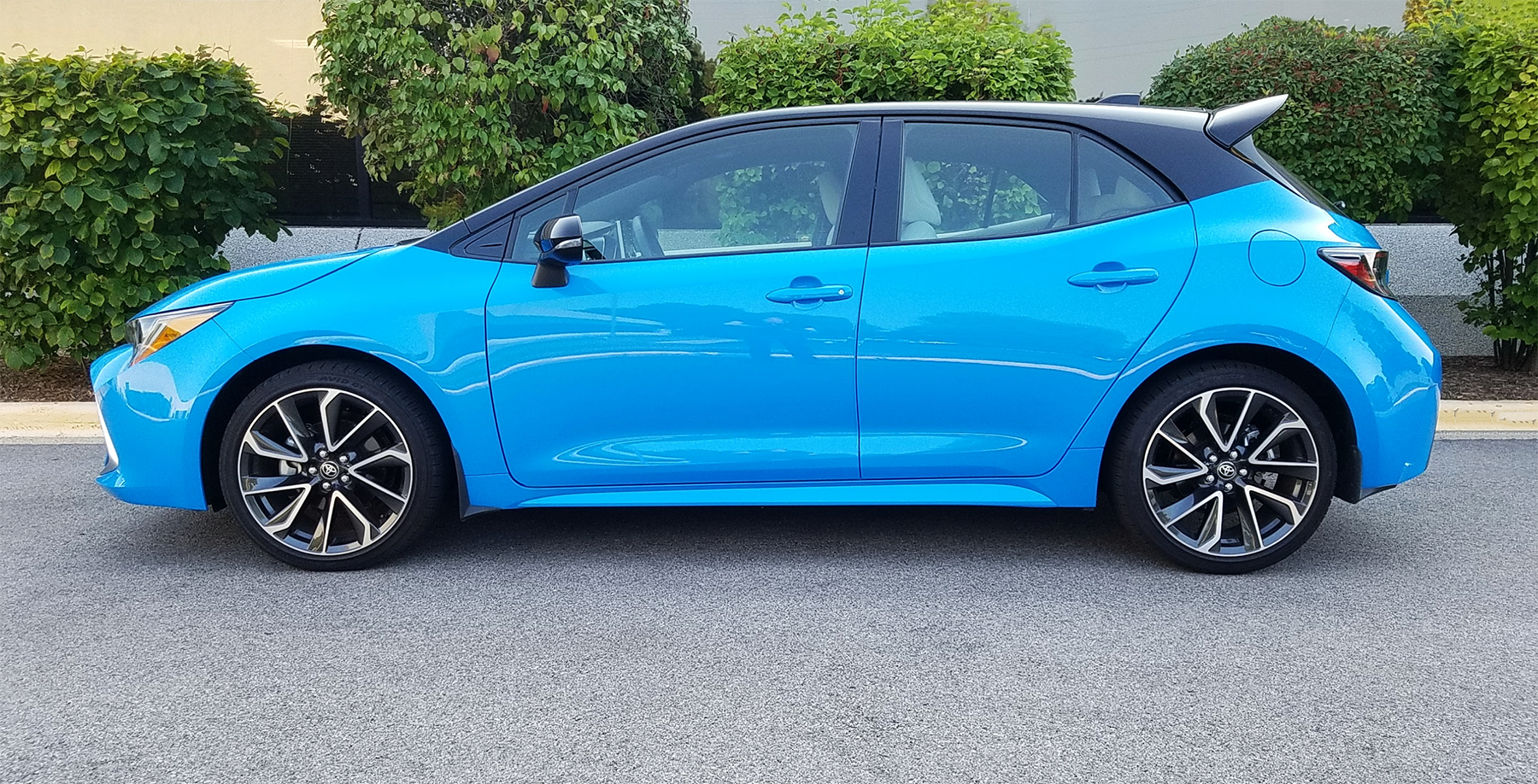
In top-line XSE trim with the 6-speed manual transmission, the Toyota Corolla Hatchback does an admirable job of blending everyday commuter-car practicality with eye-catching styling and a fun-to-drive personality.
Click below for enlarged images
Listen to the very entertaining Consumer Guide Car Stuff Podcast
2020 Toyota Corolla Hatchback XSE Gallery
2020 Toyota Corolla Hatchback

